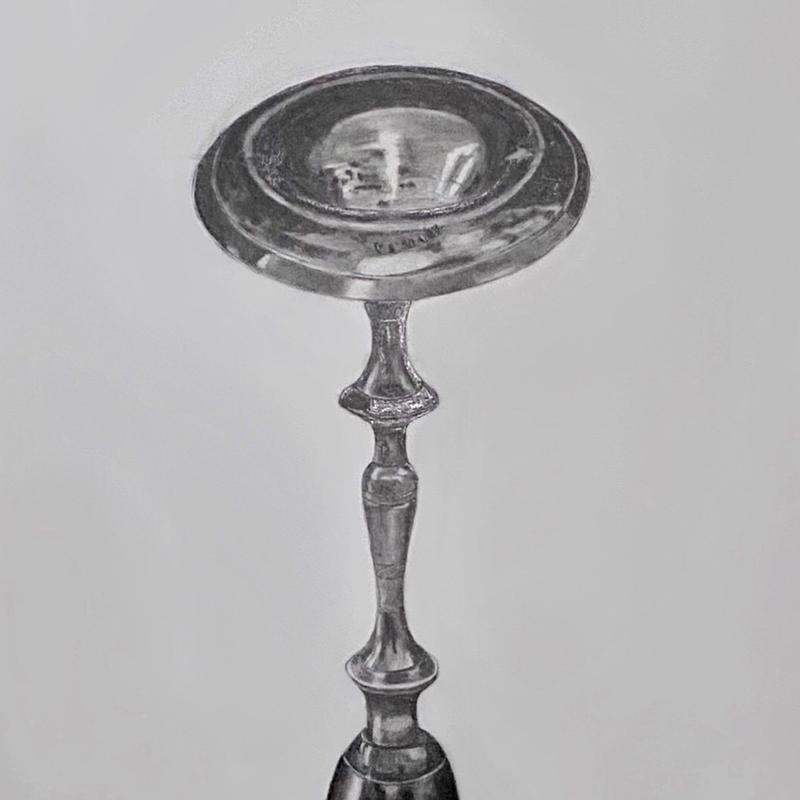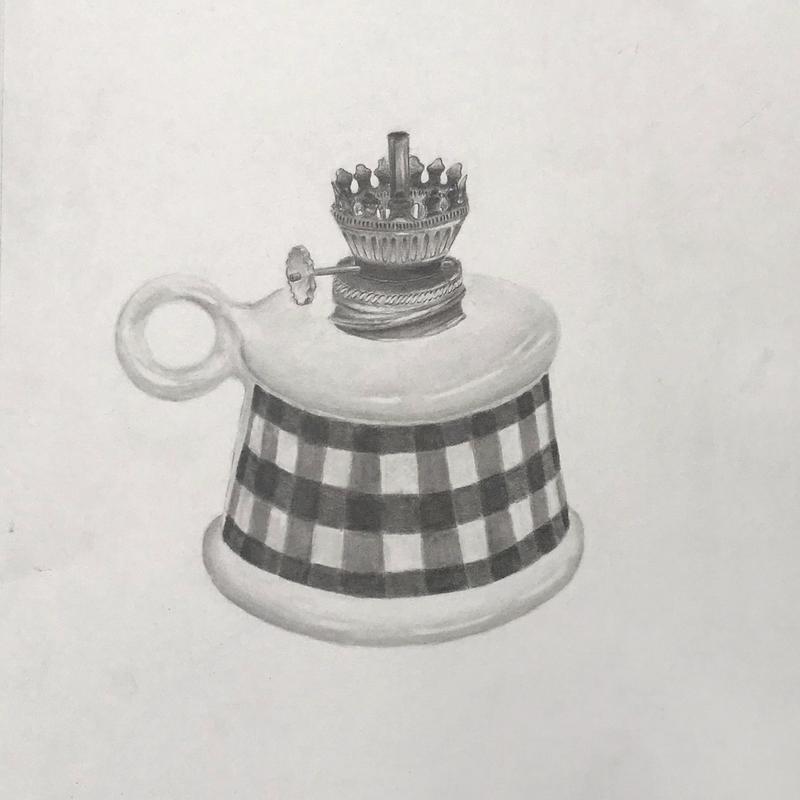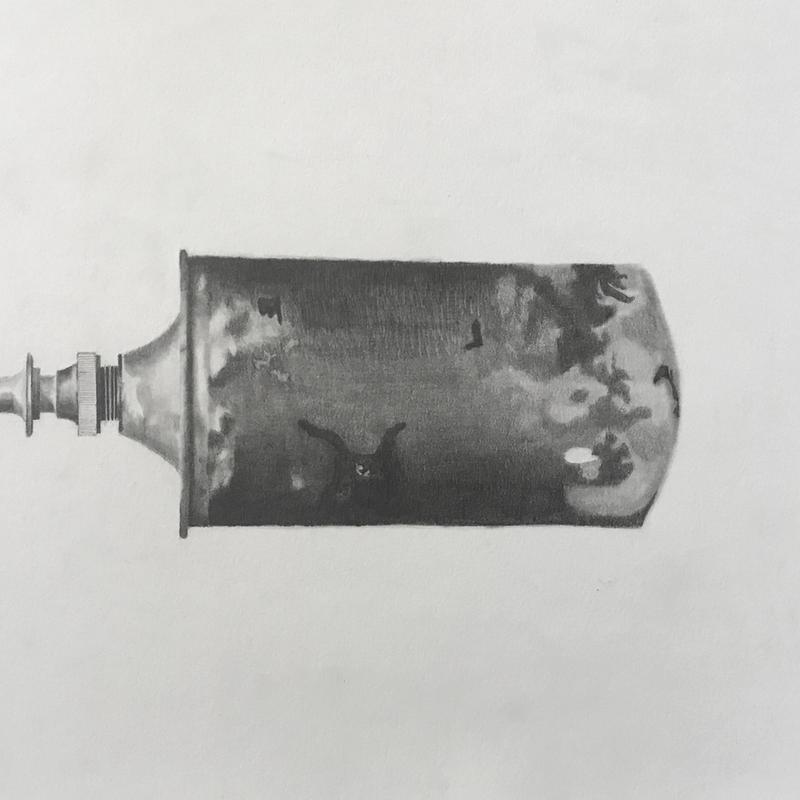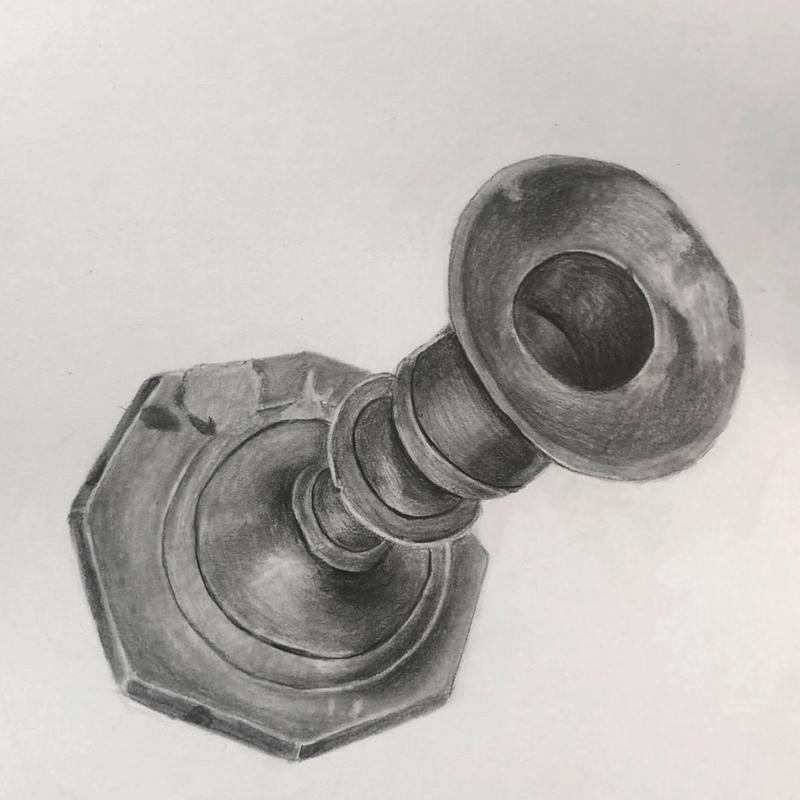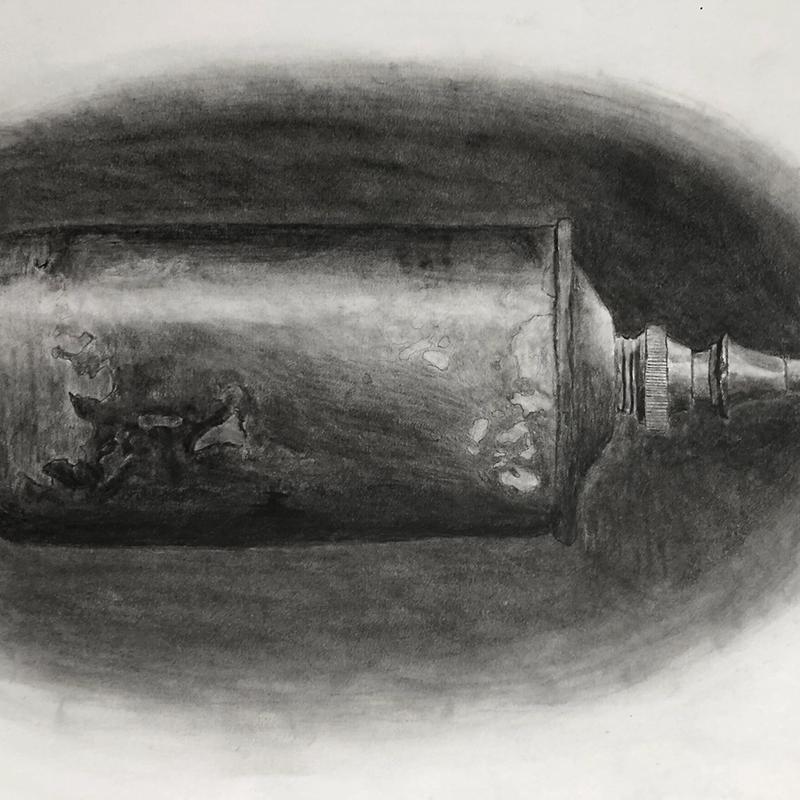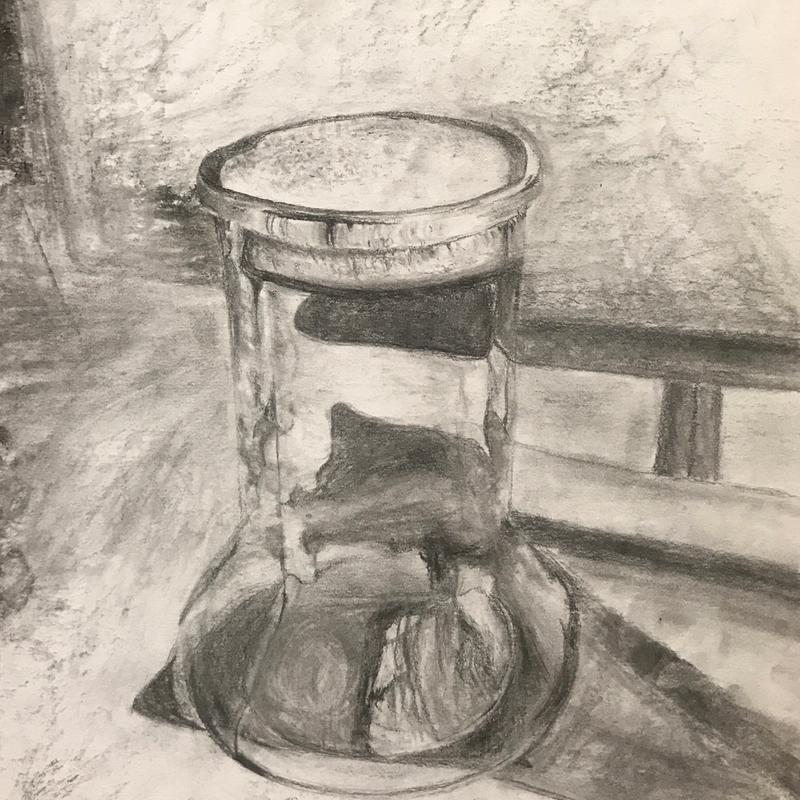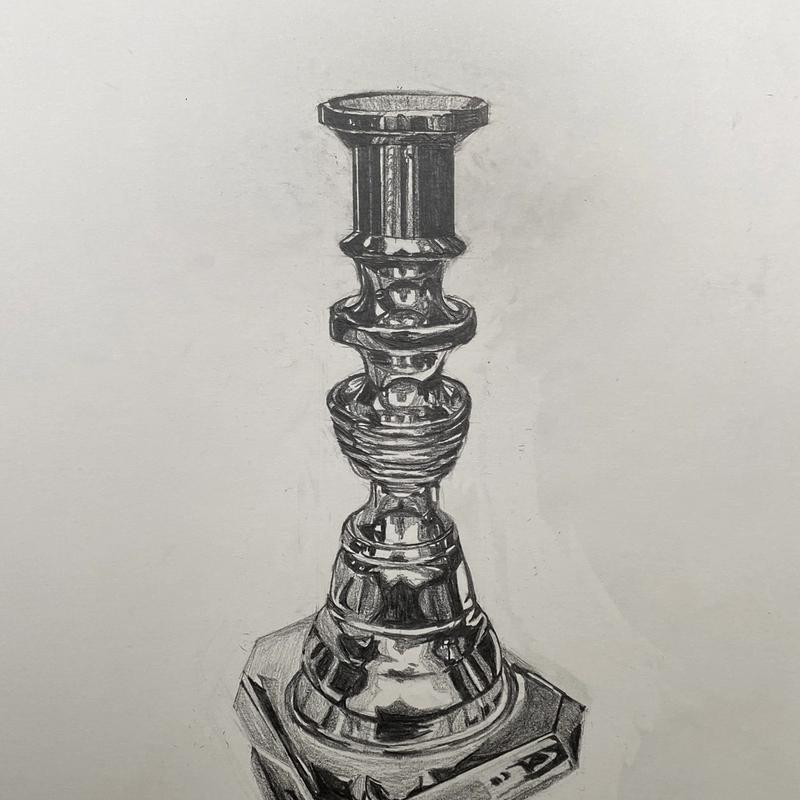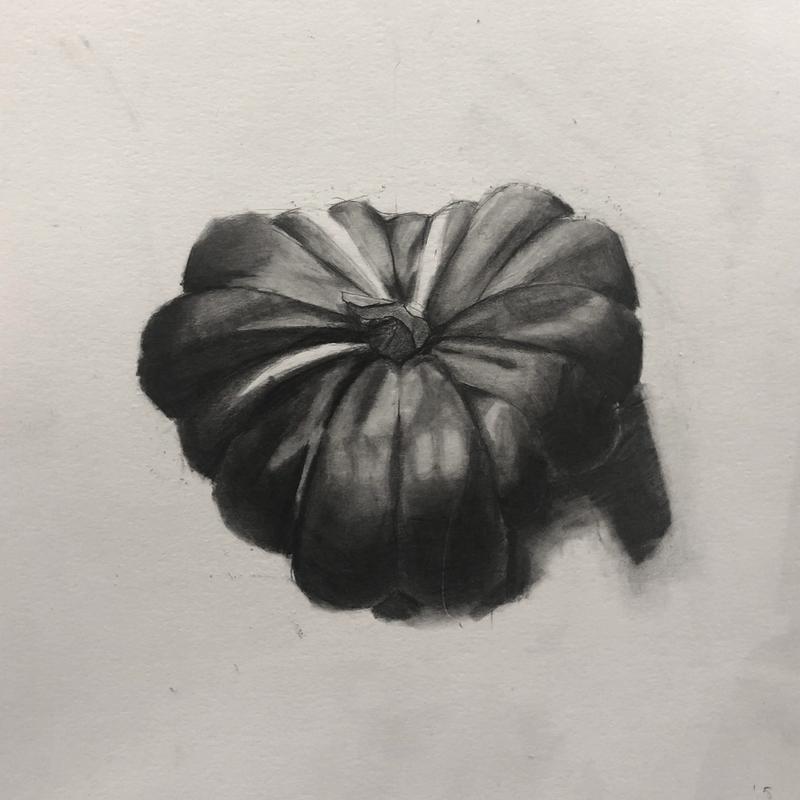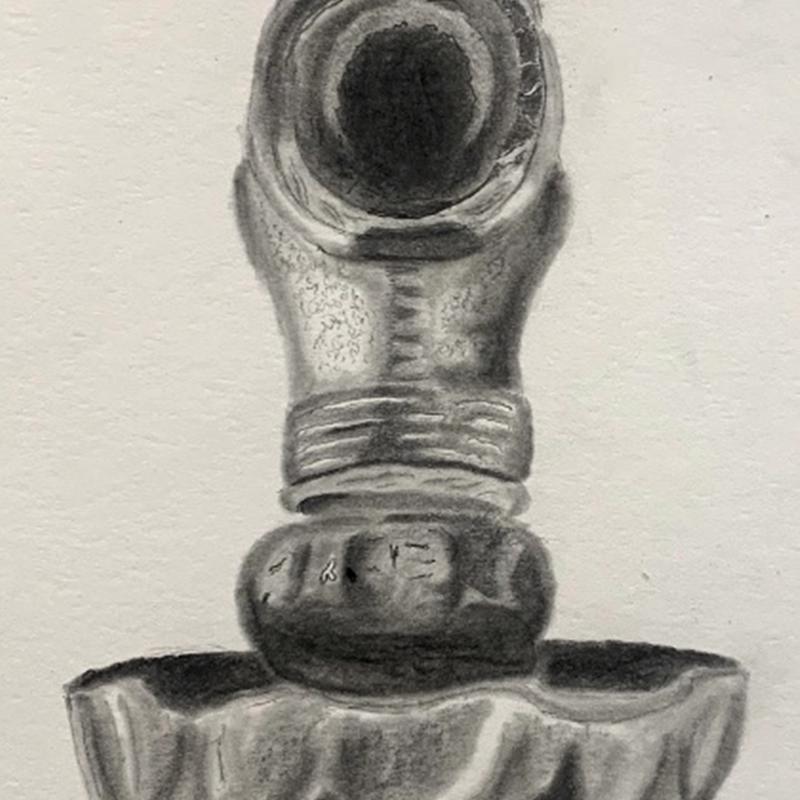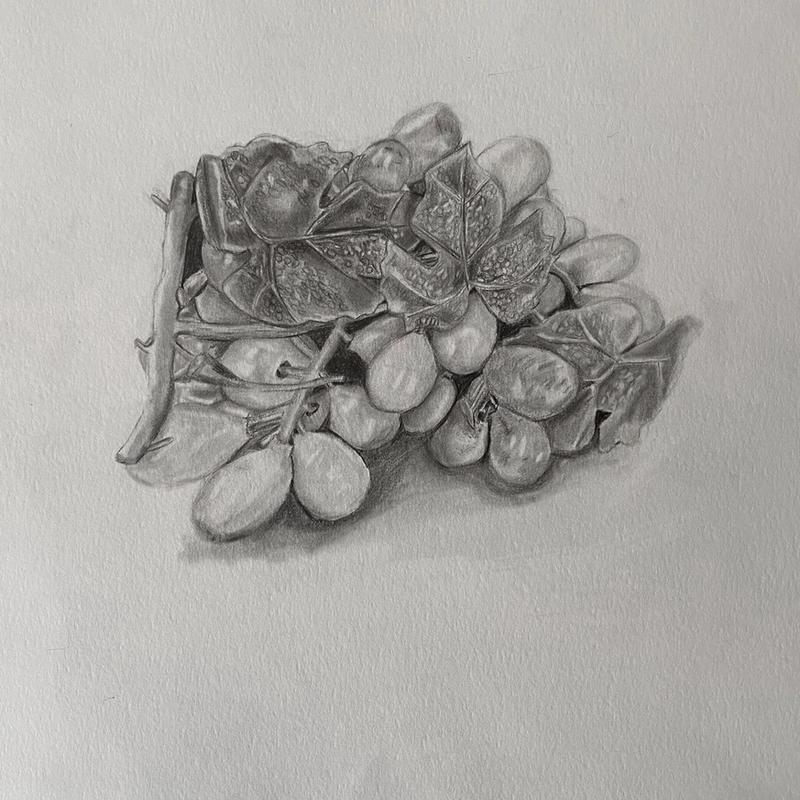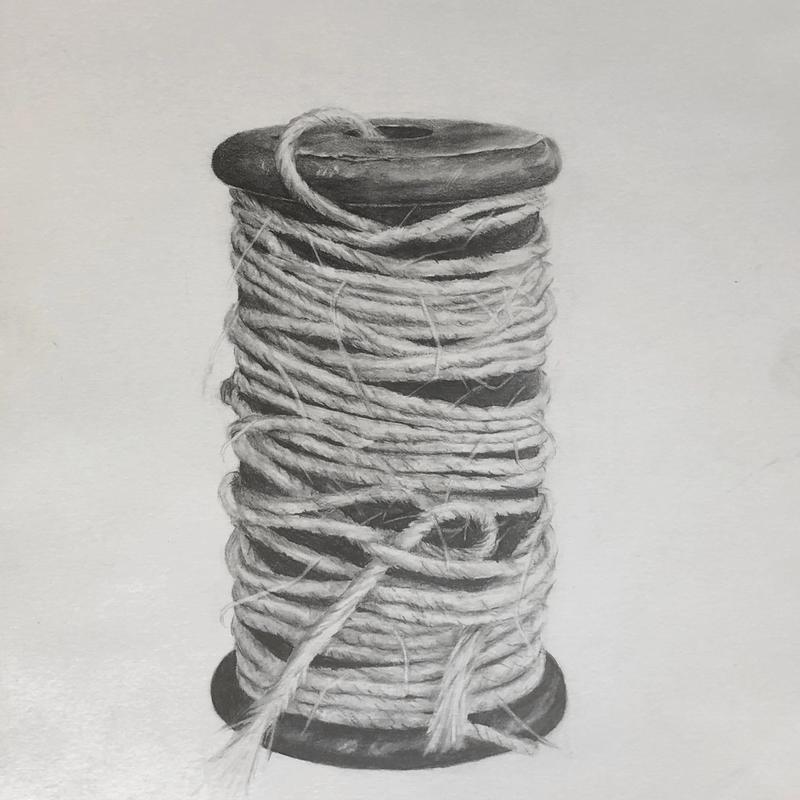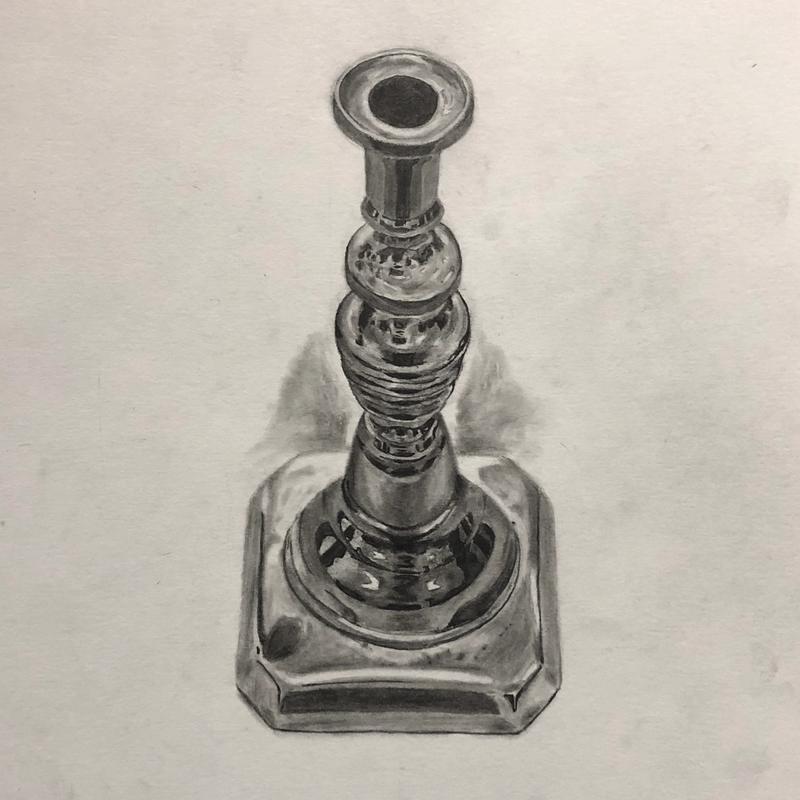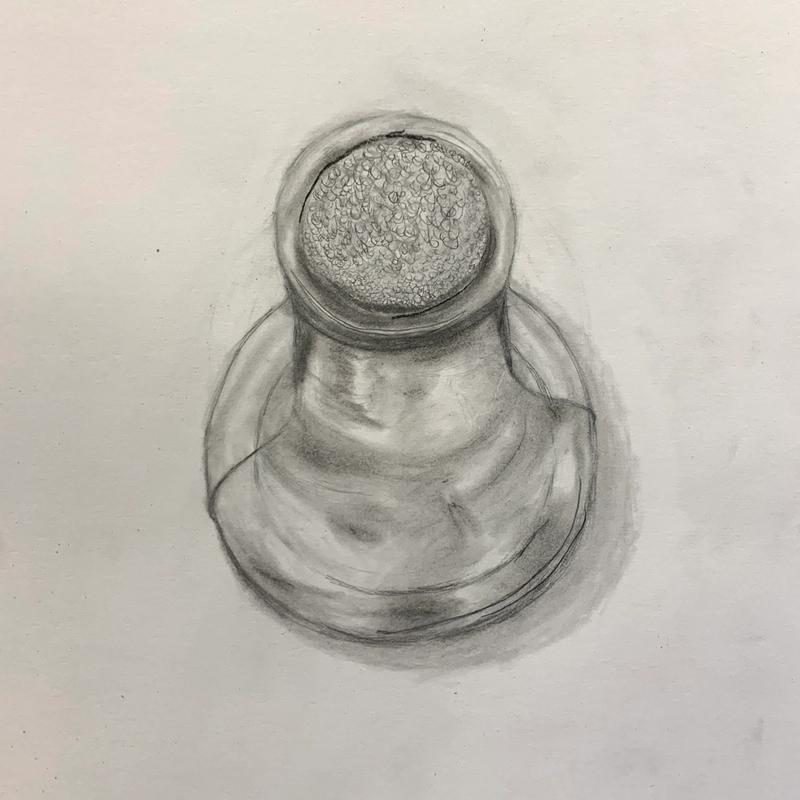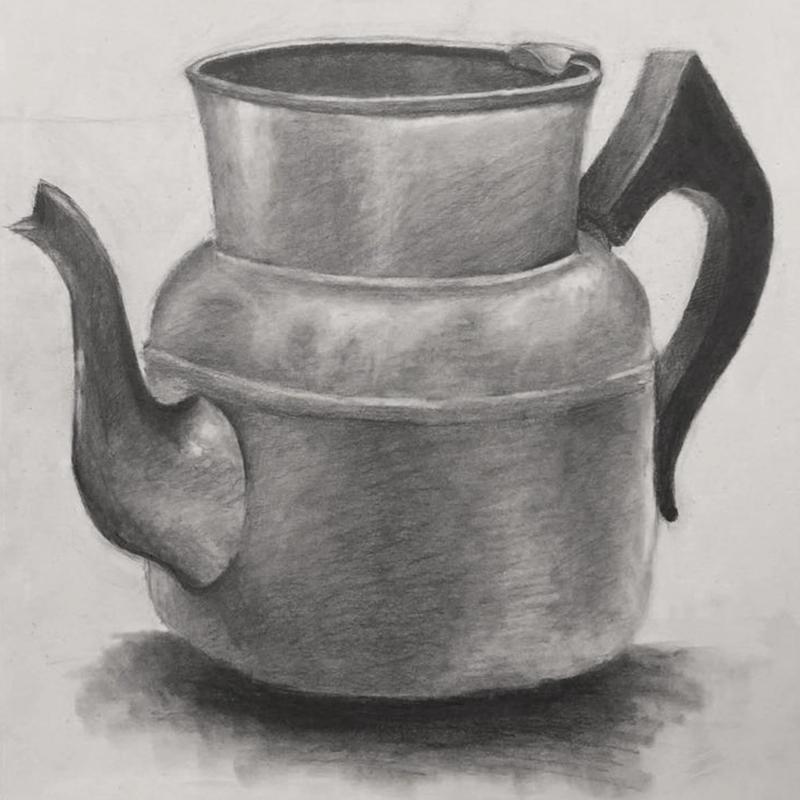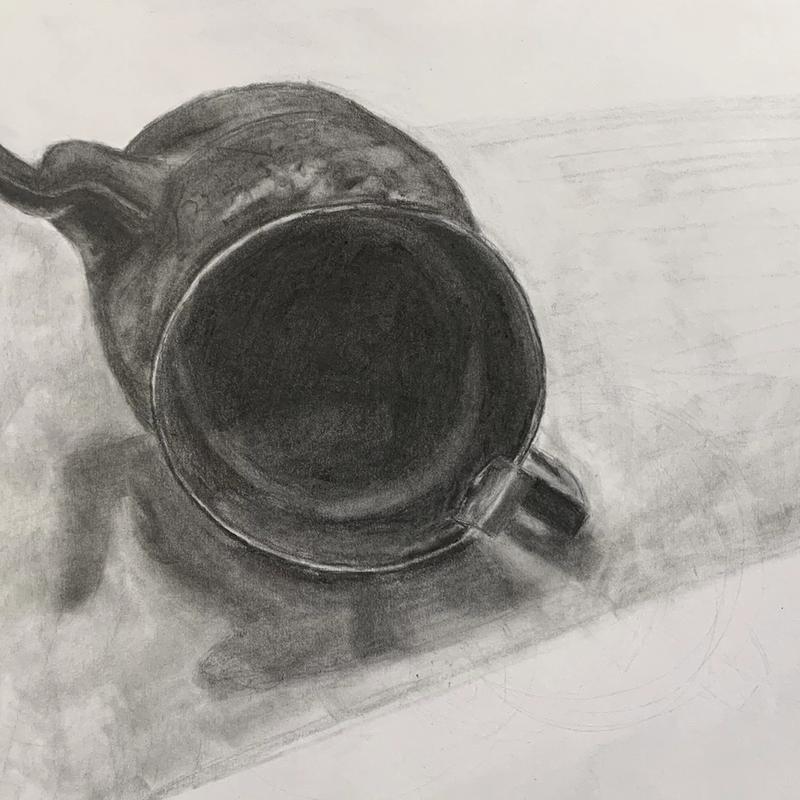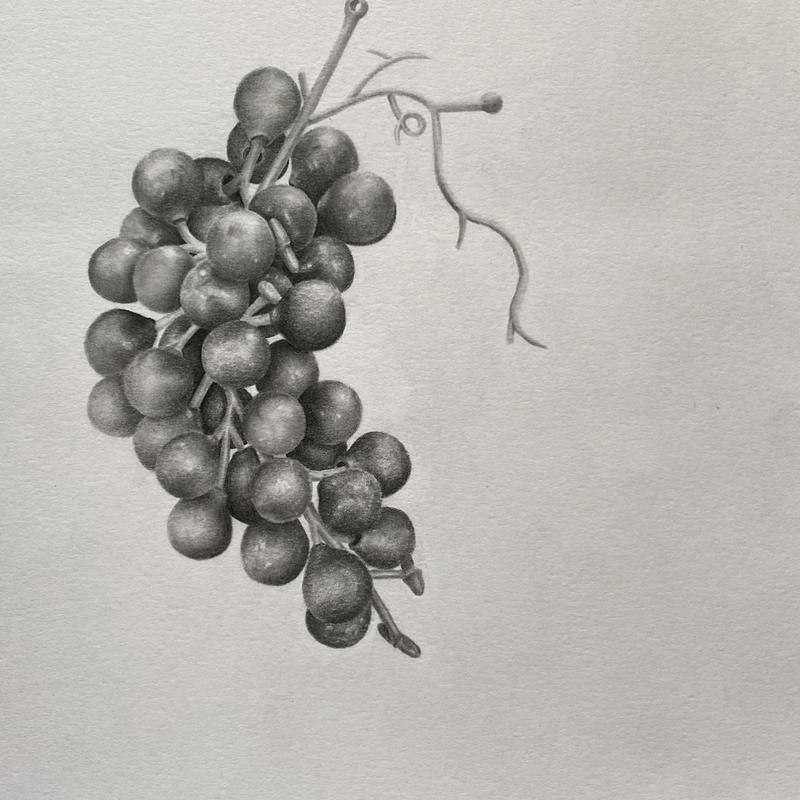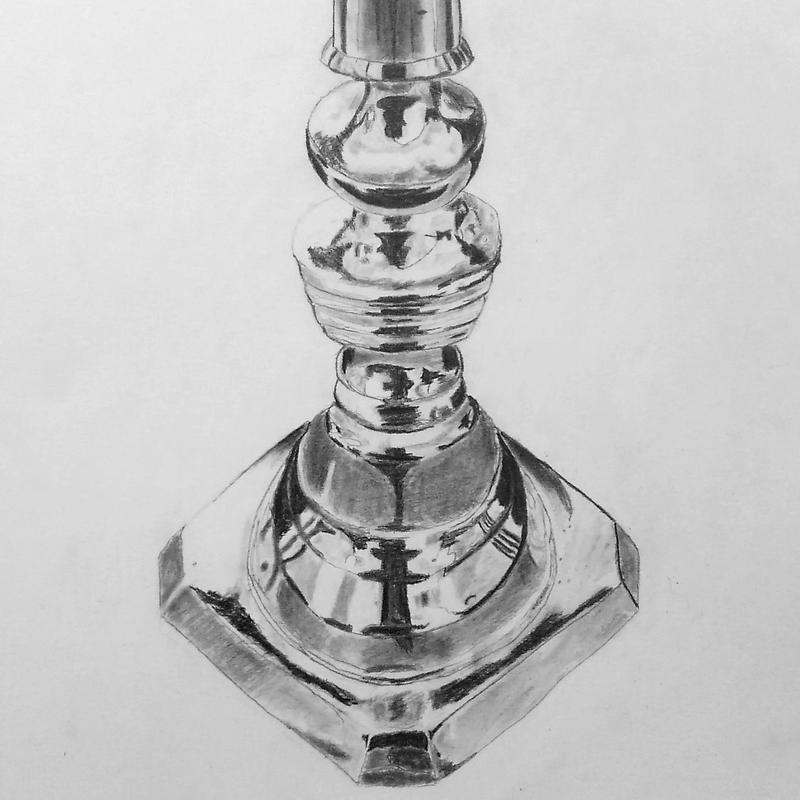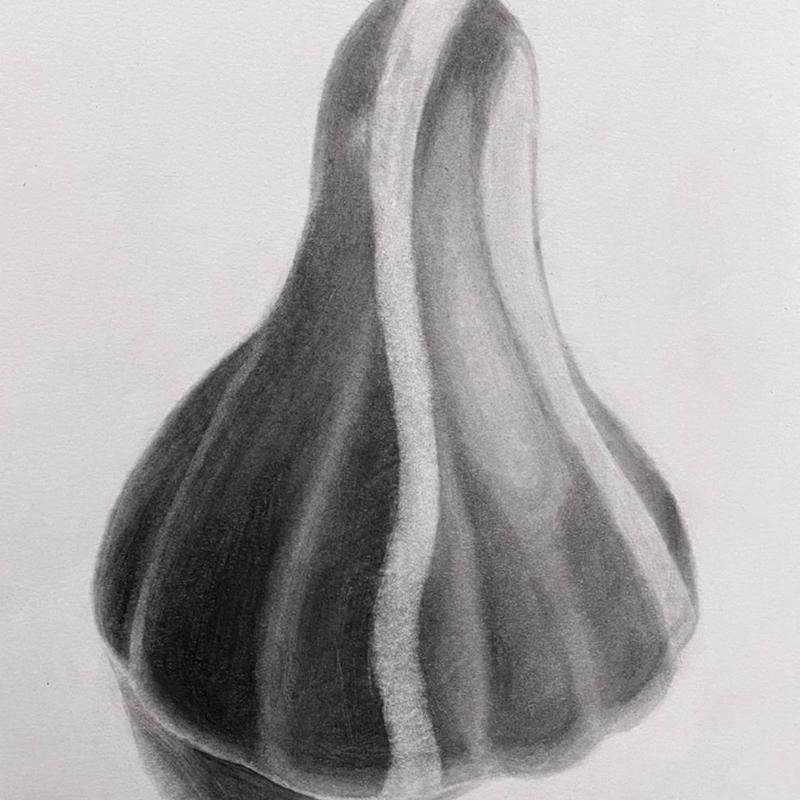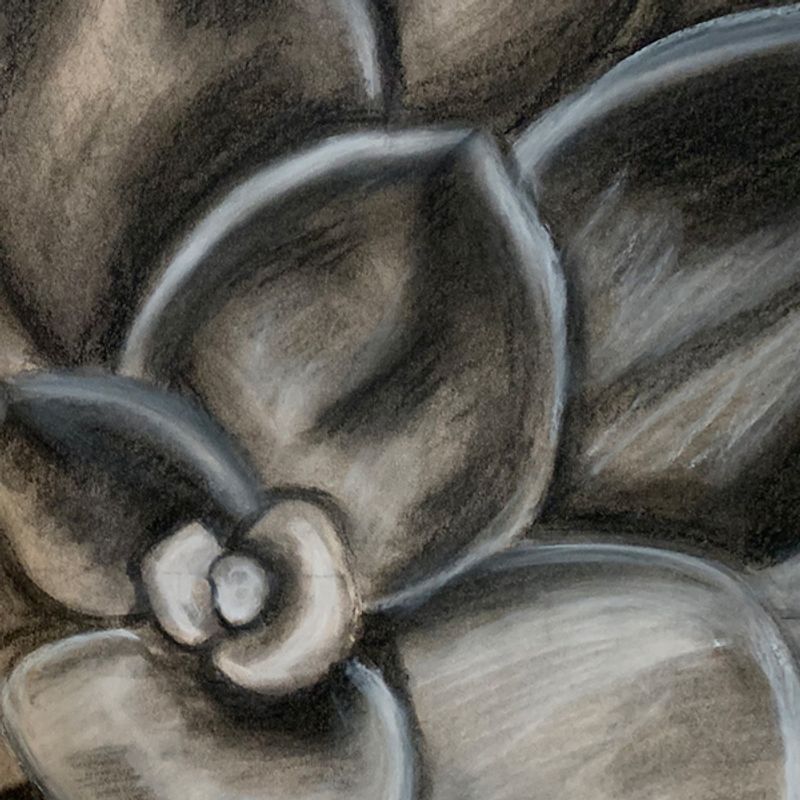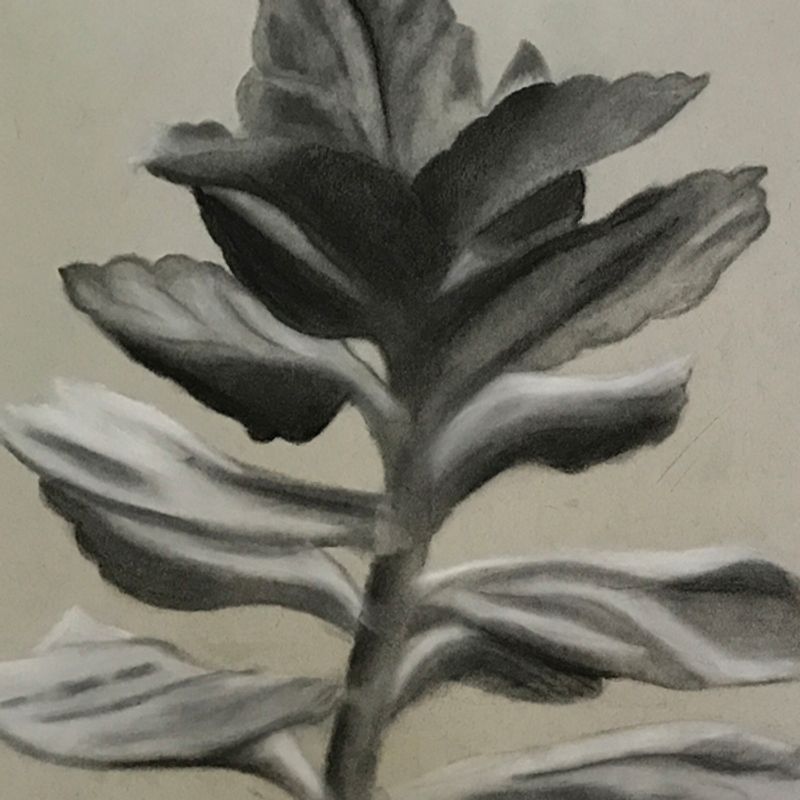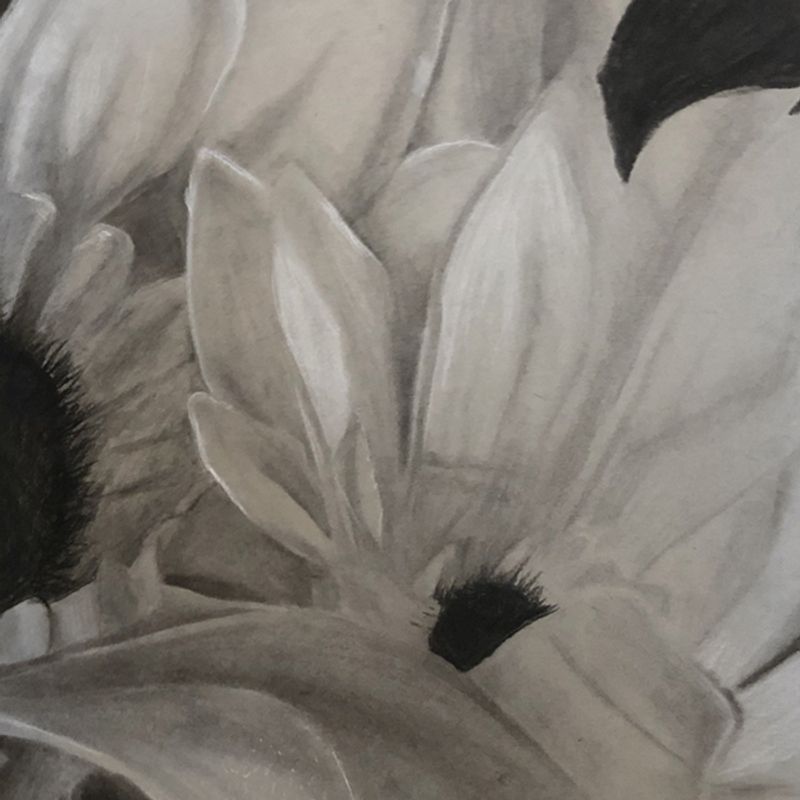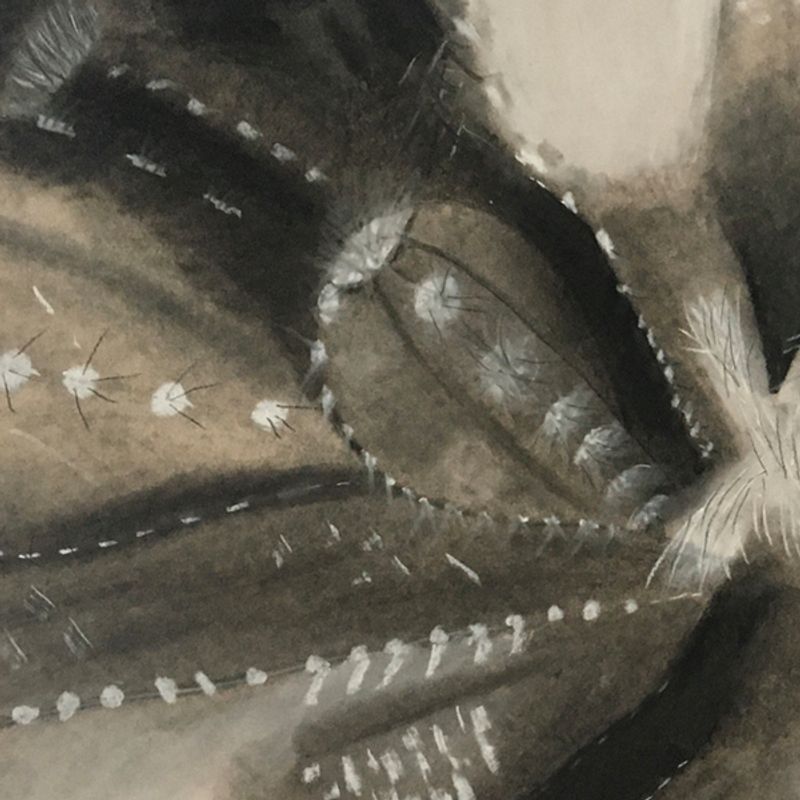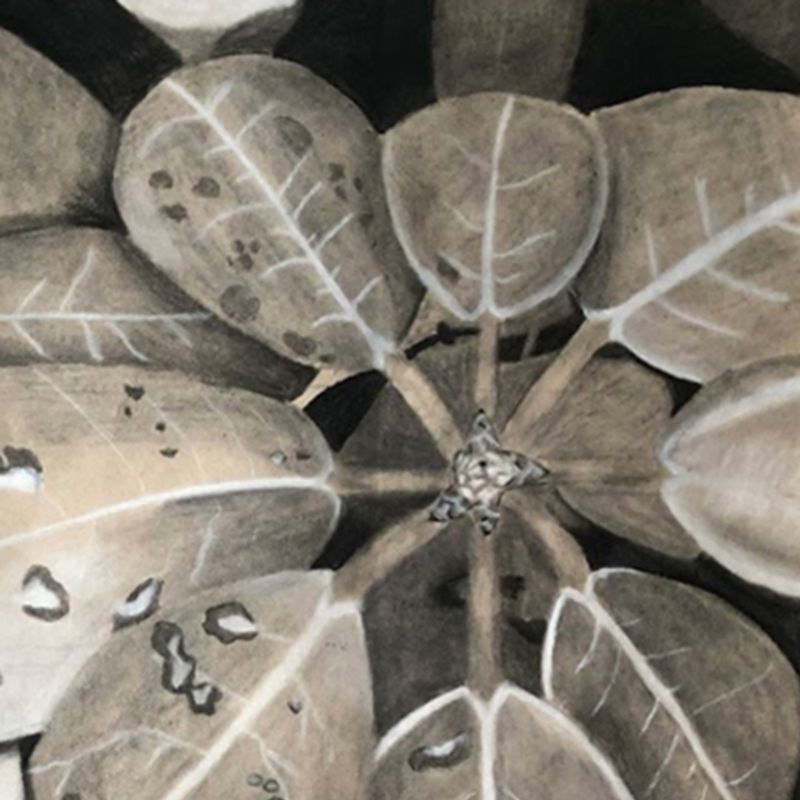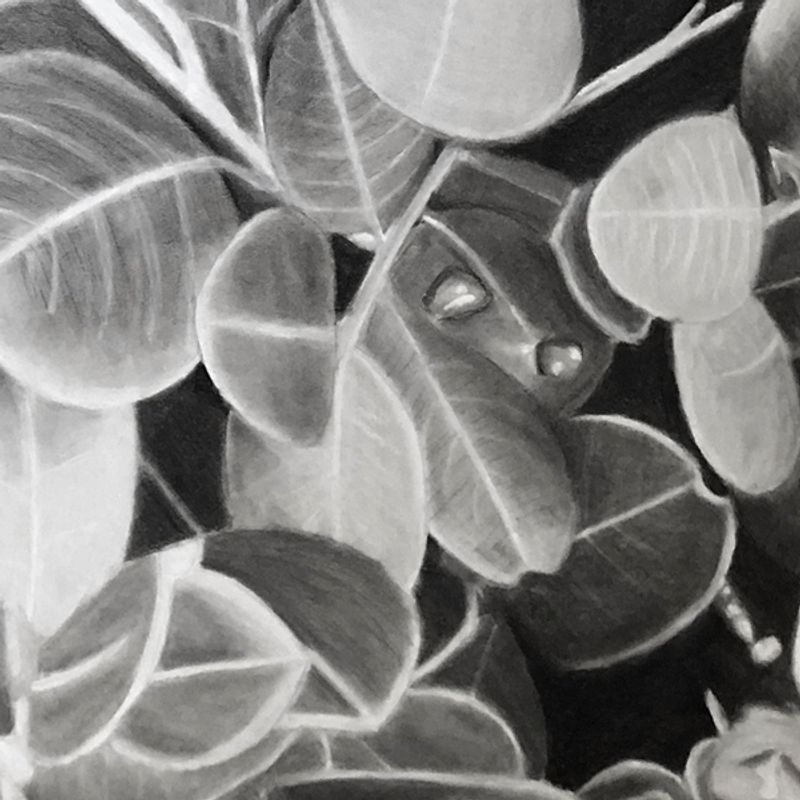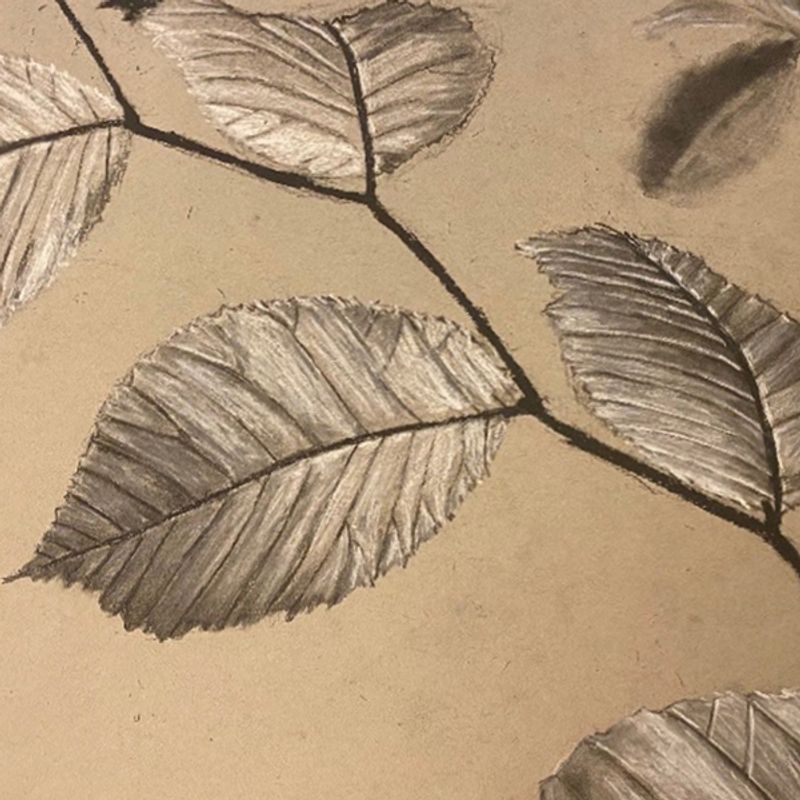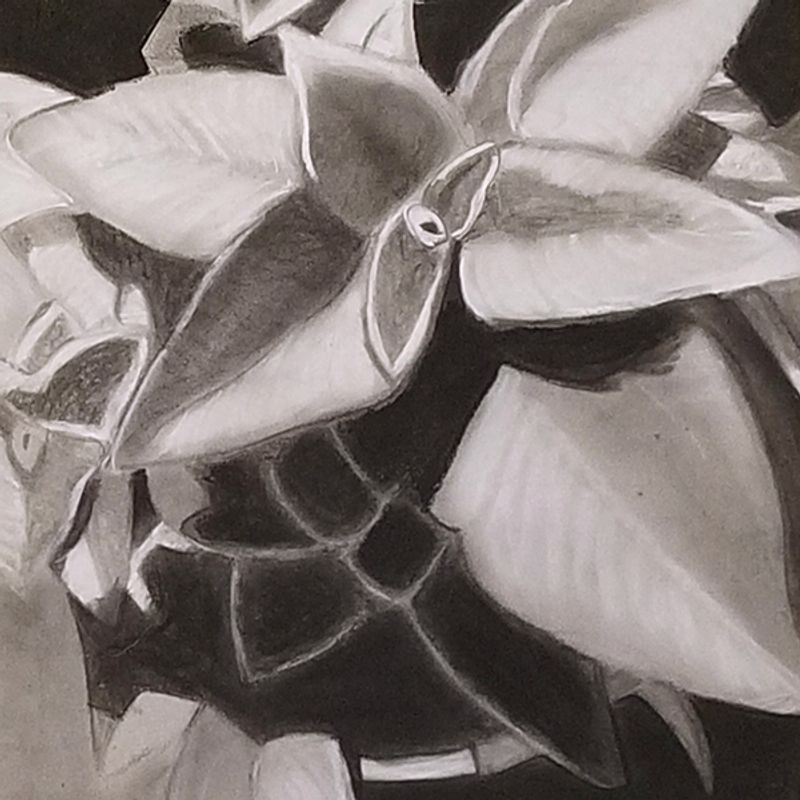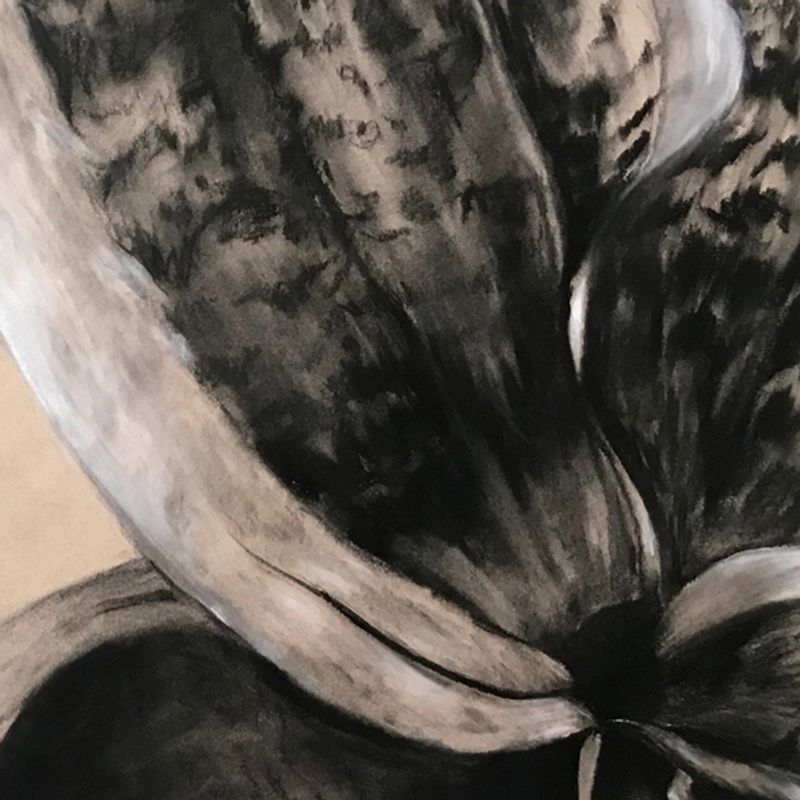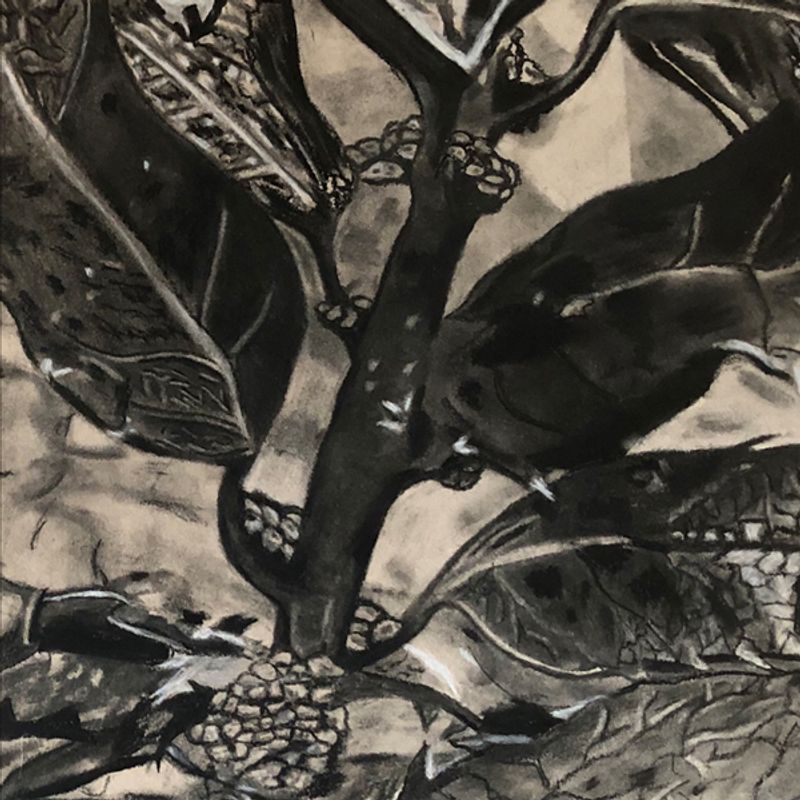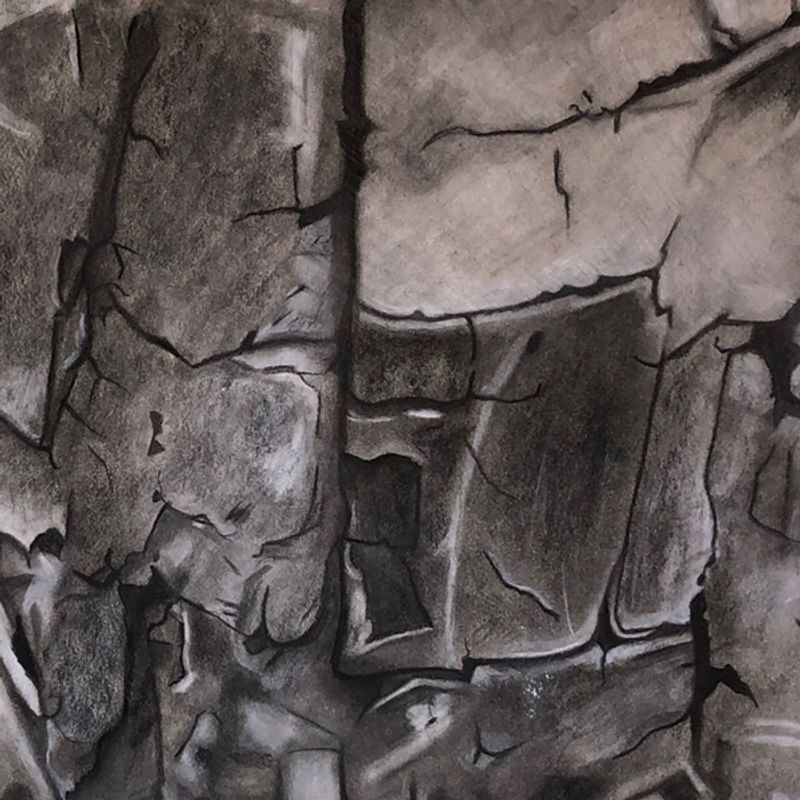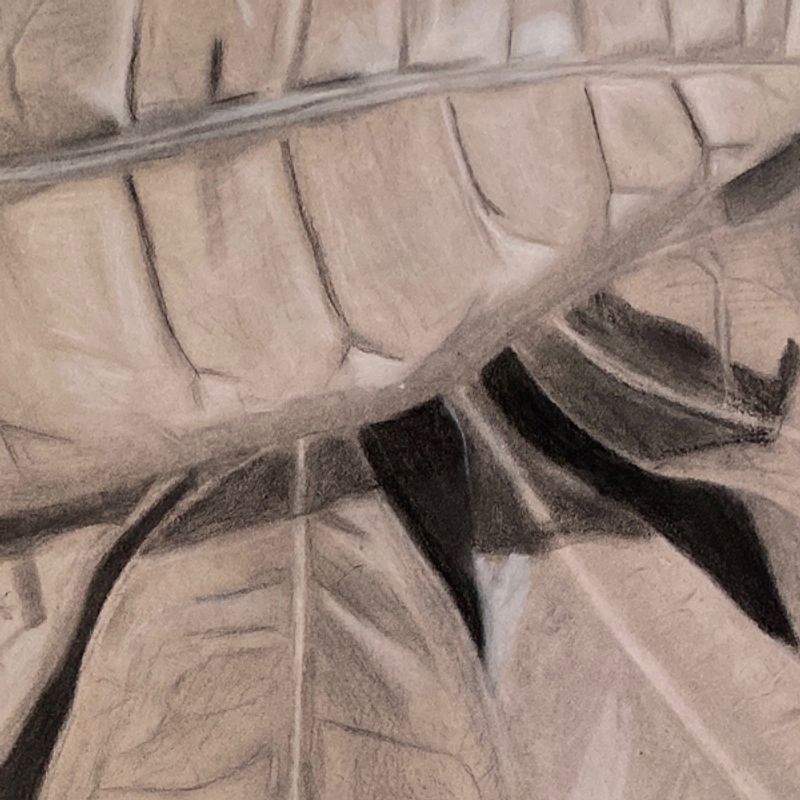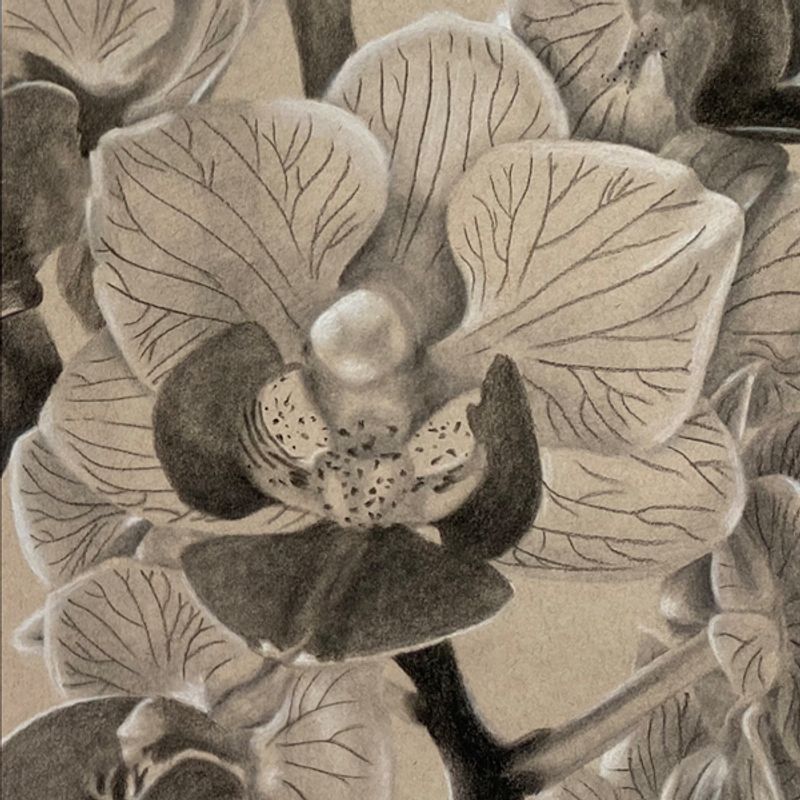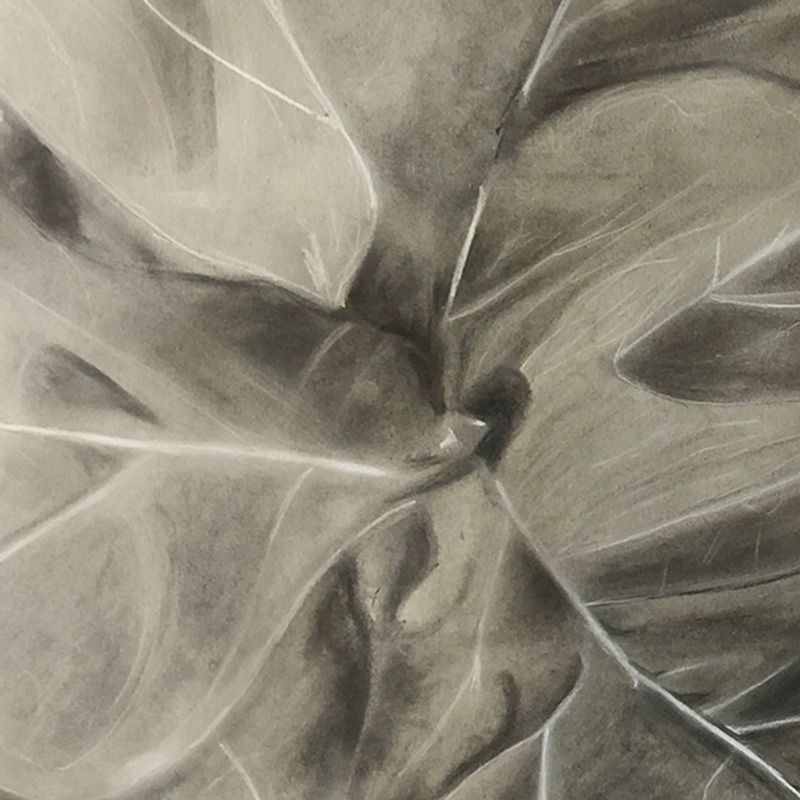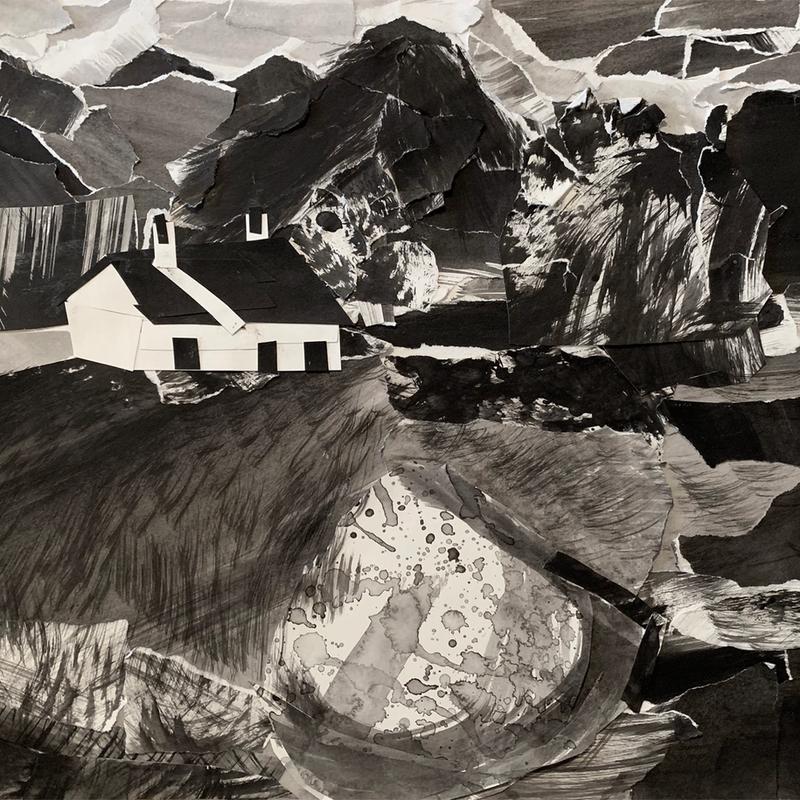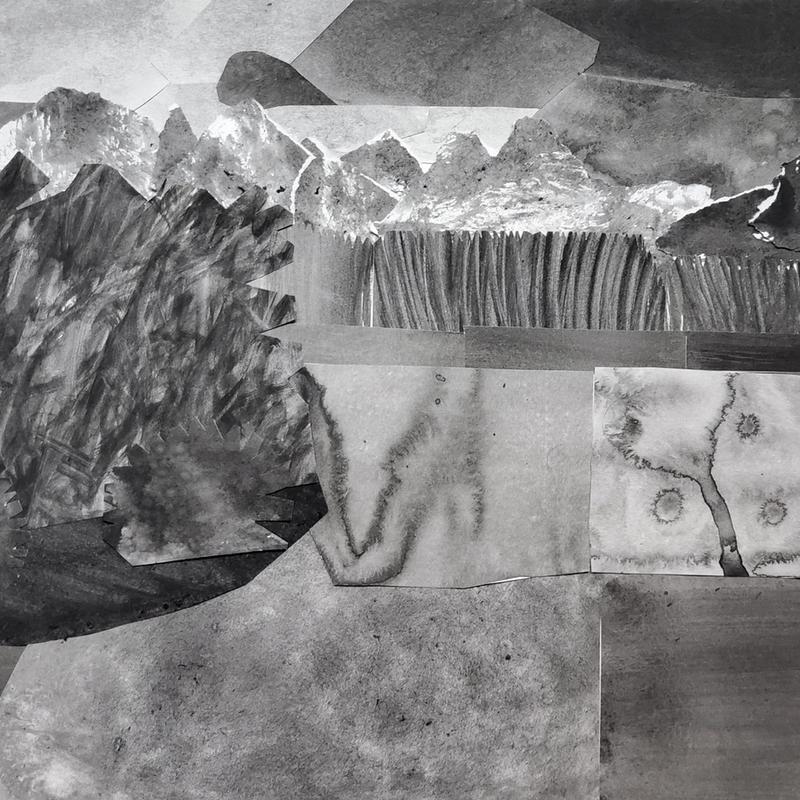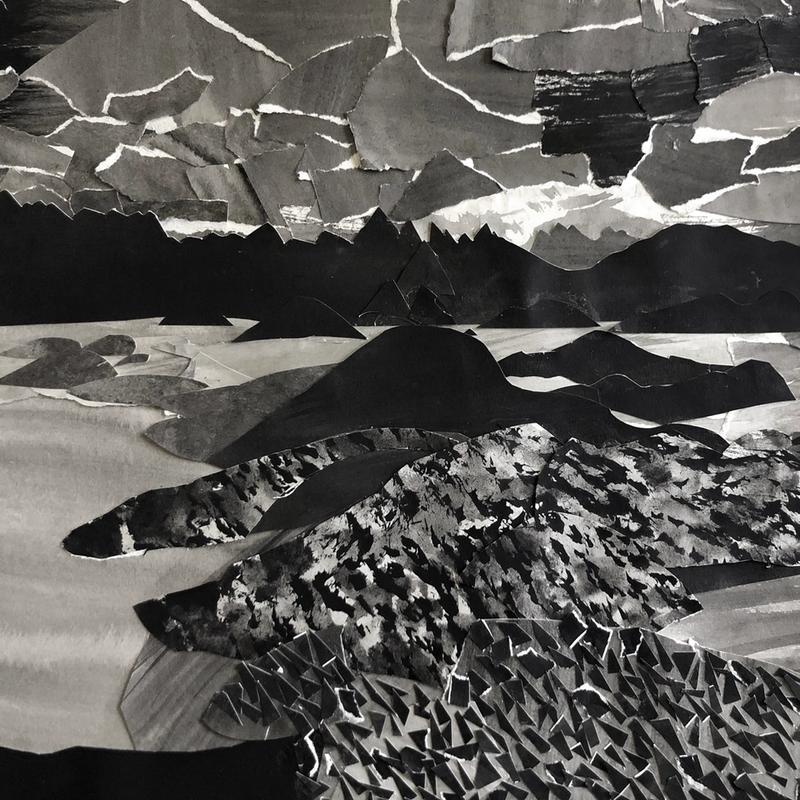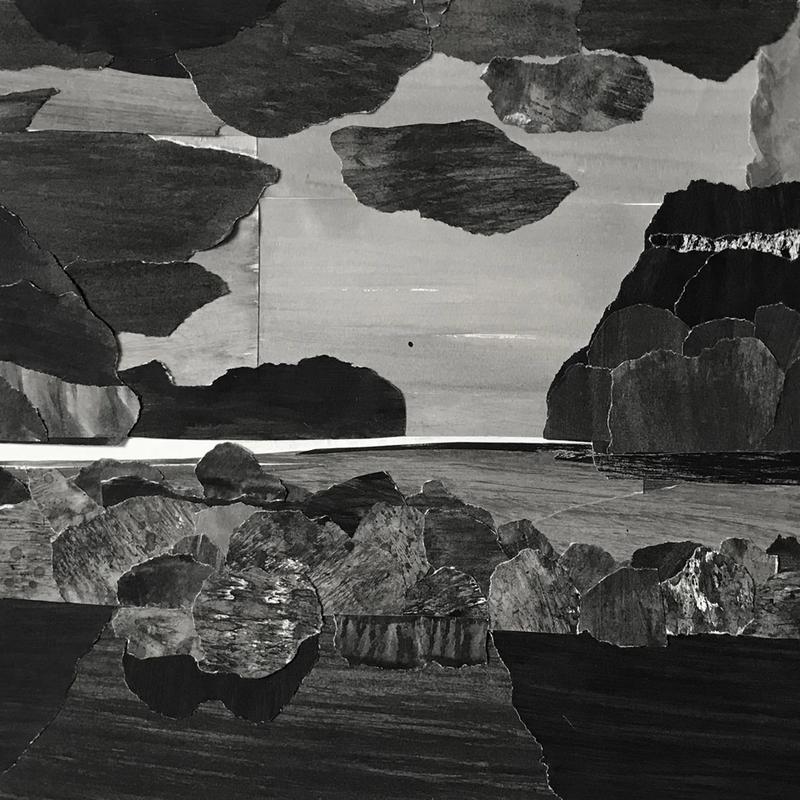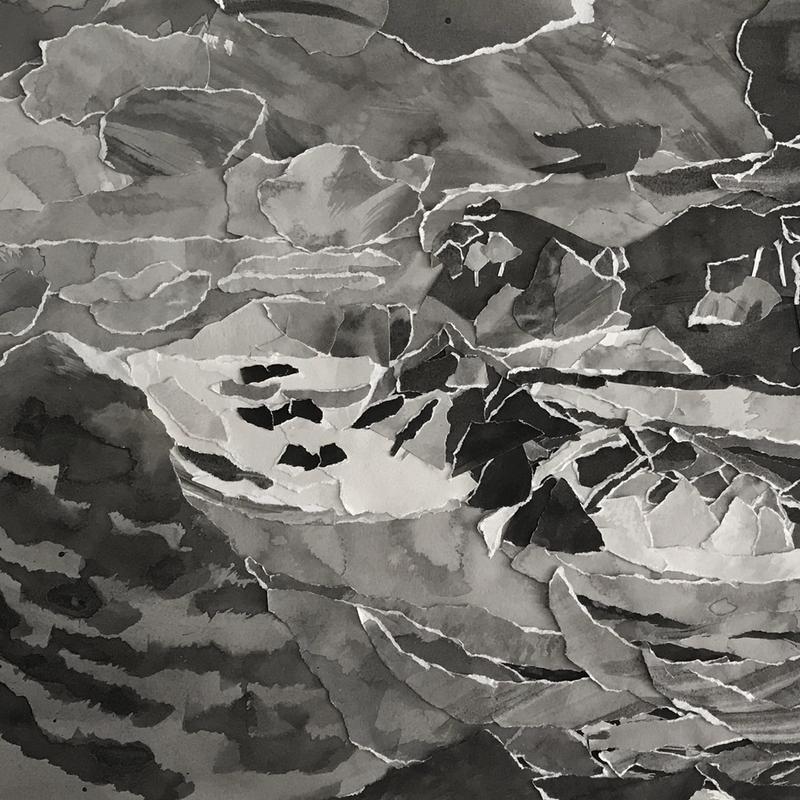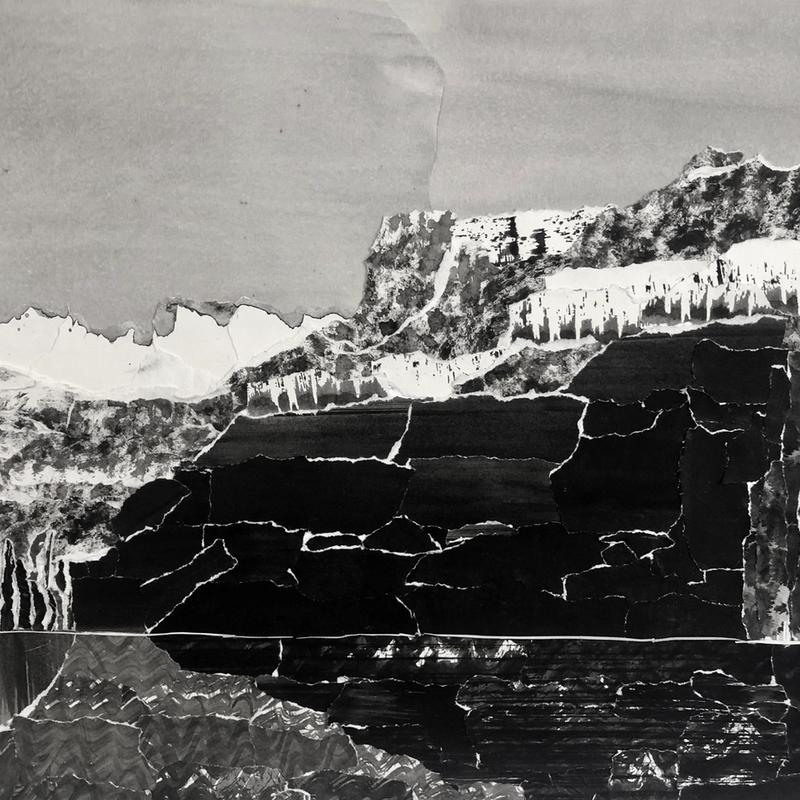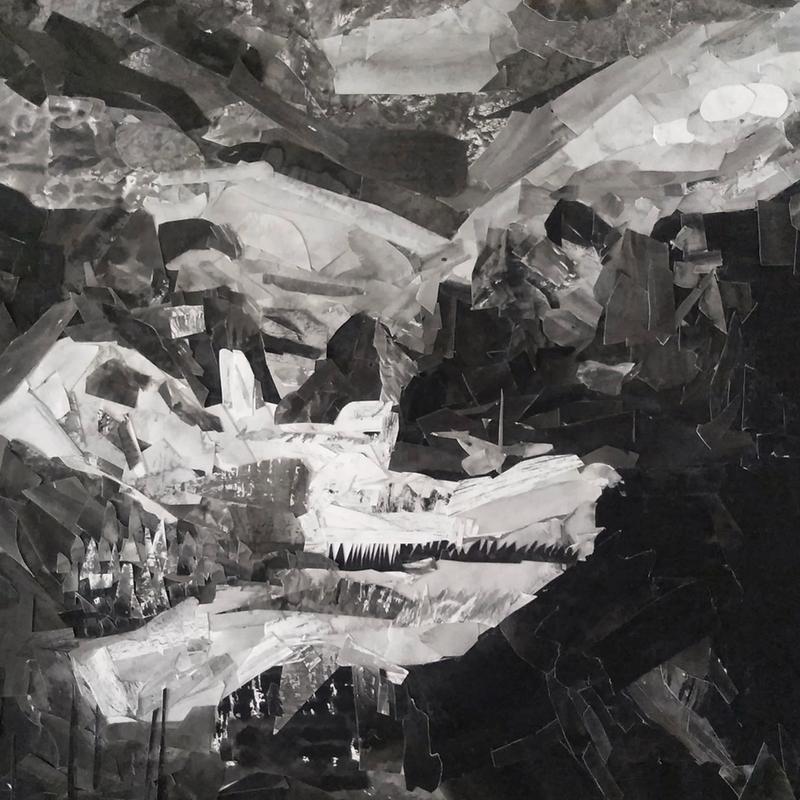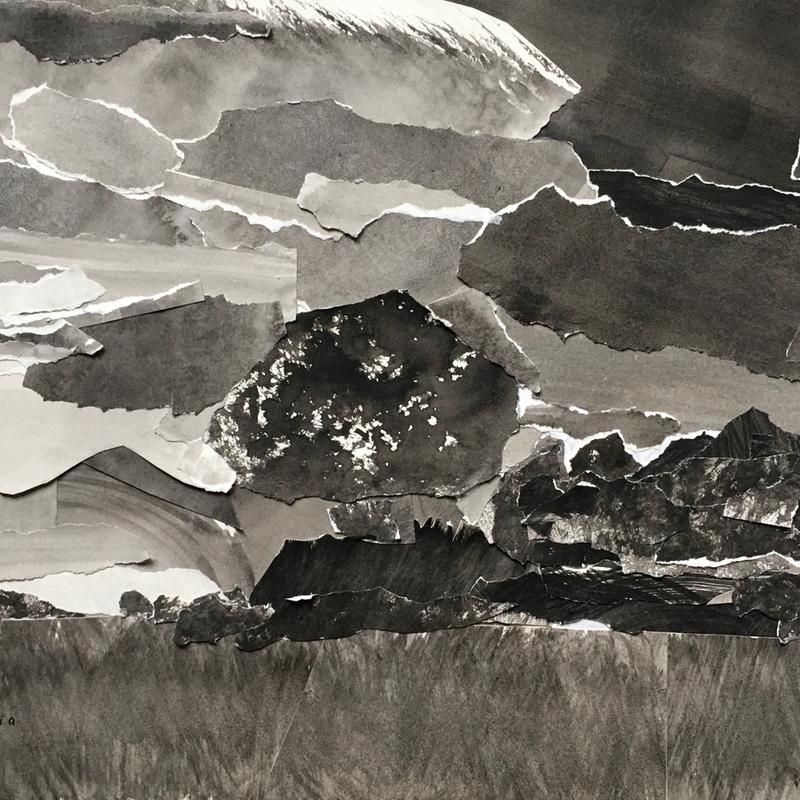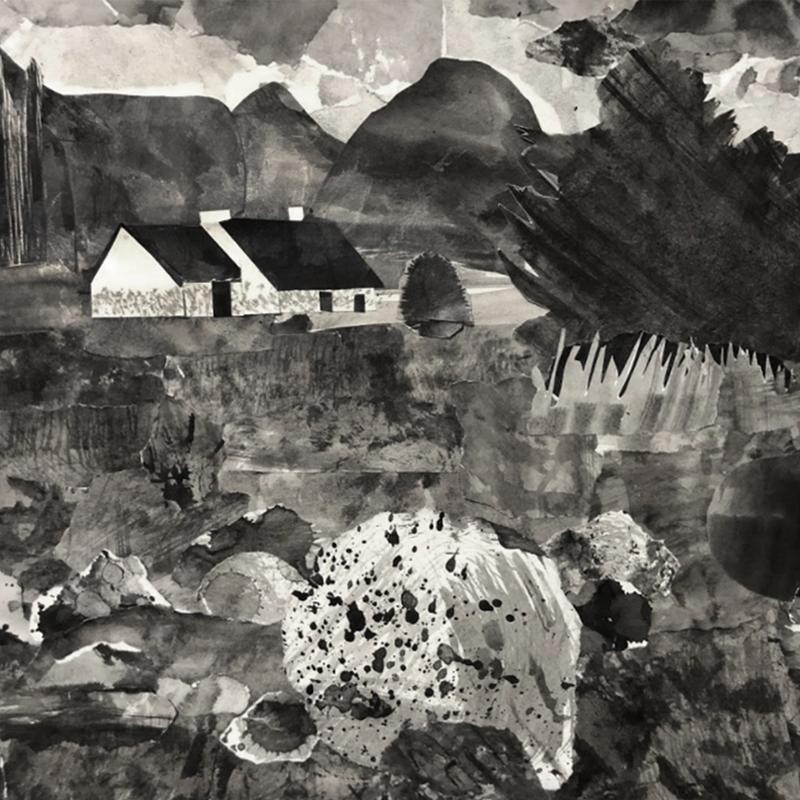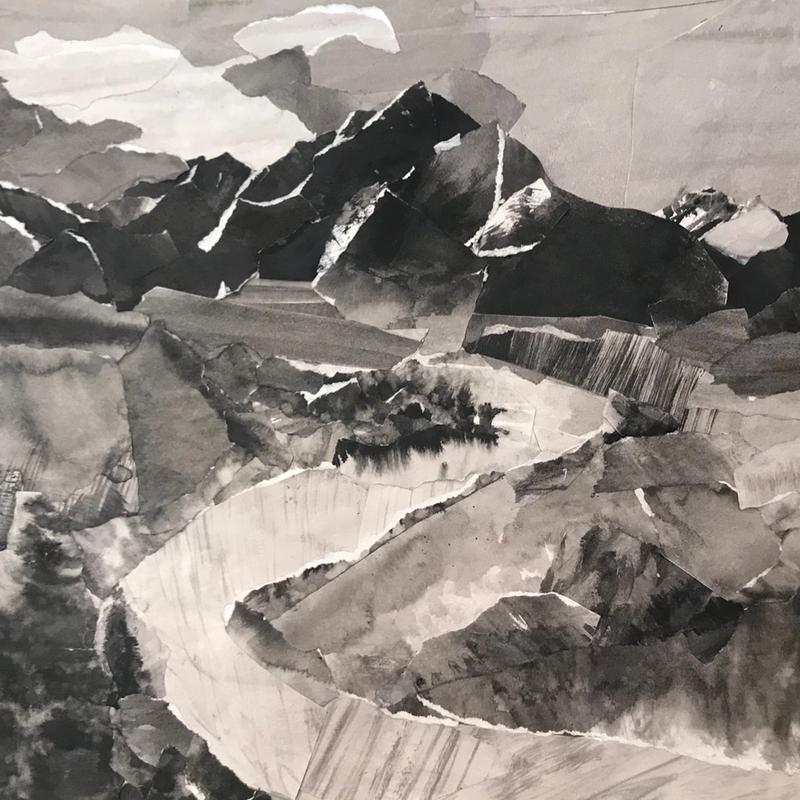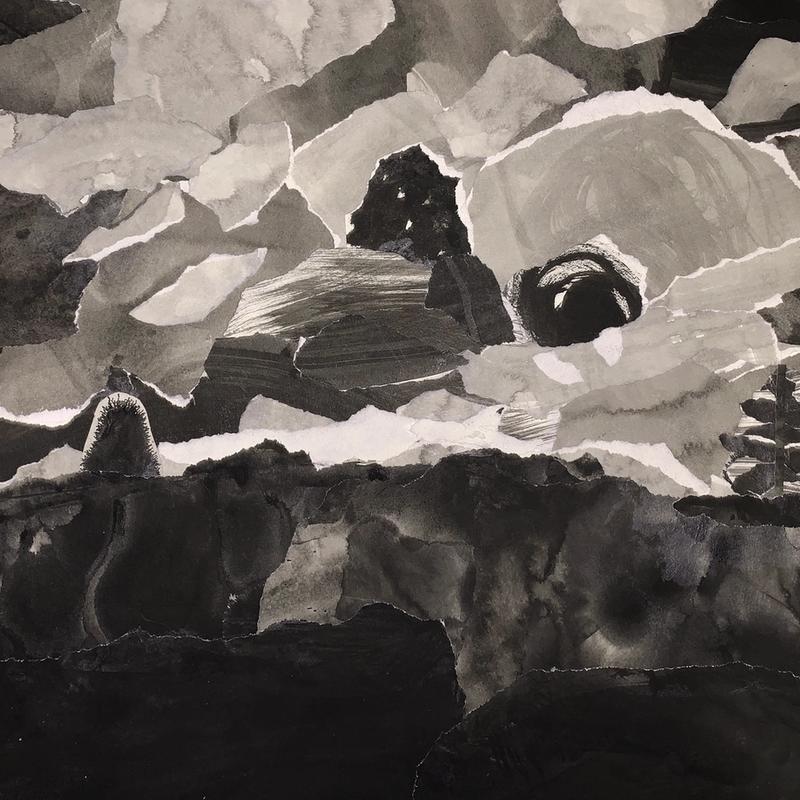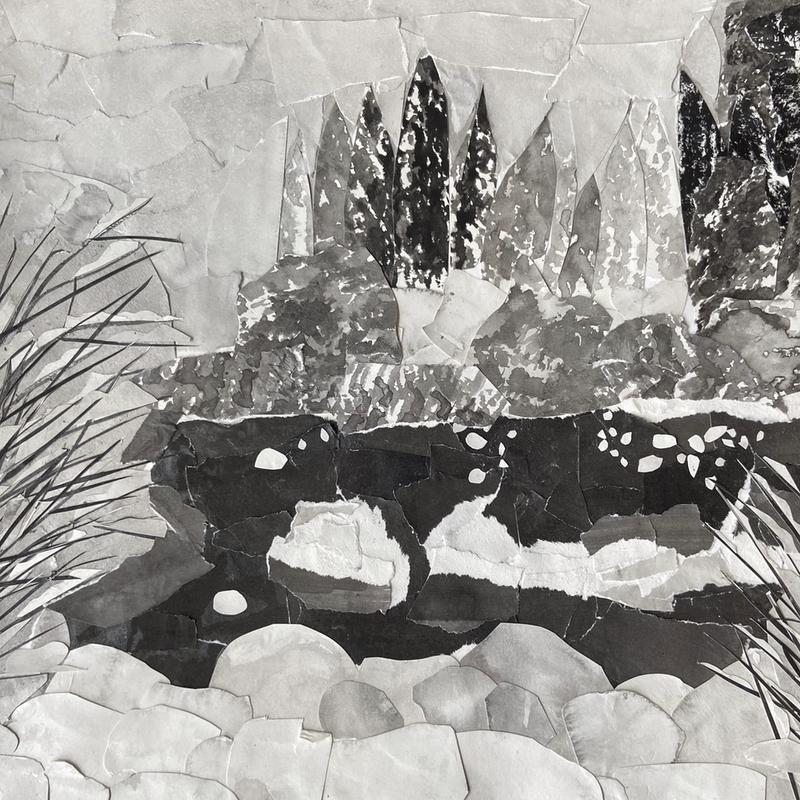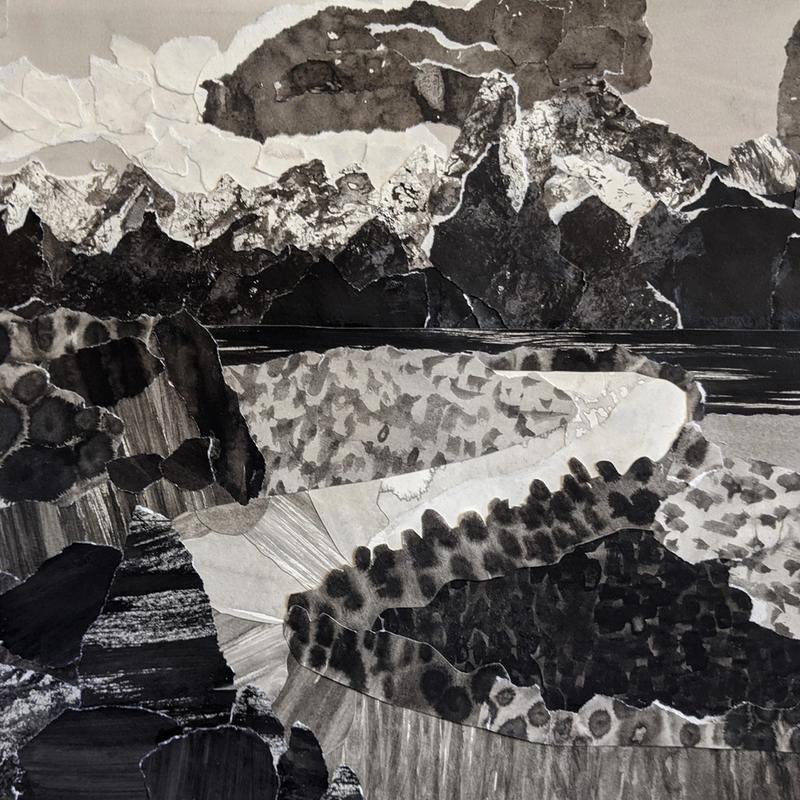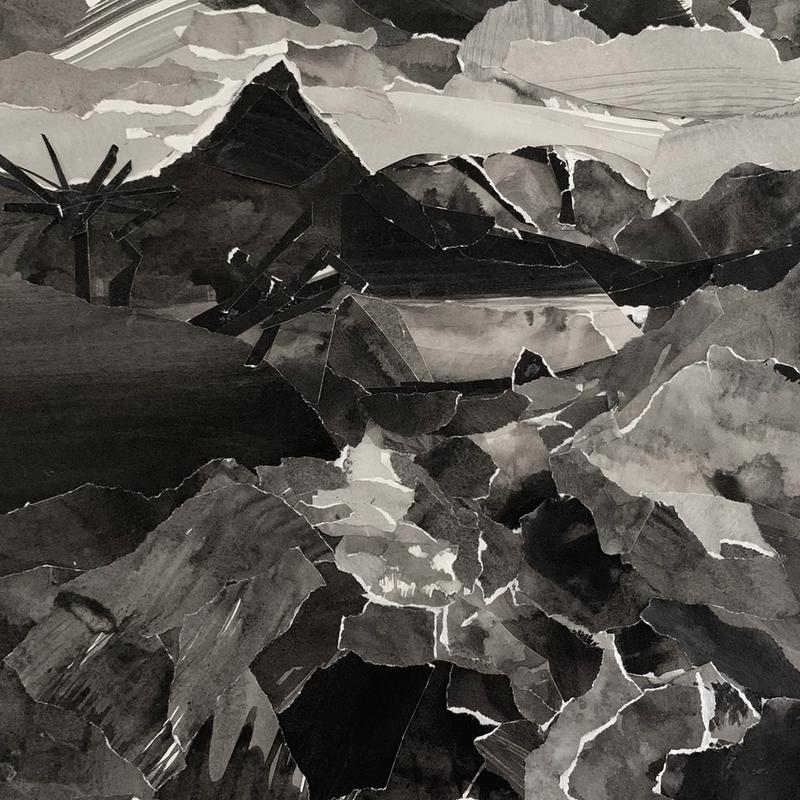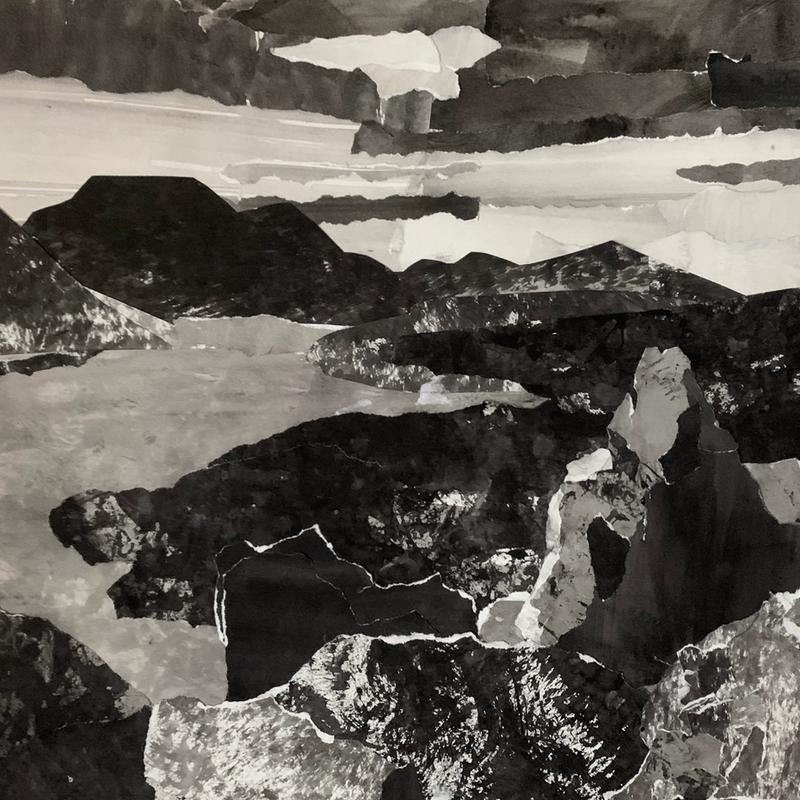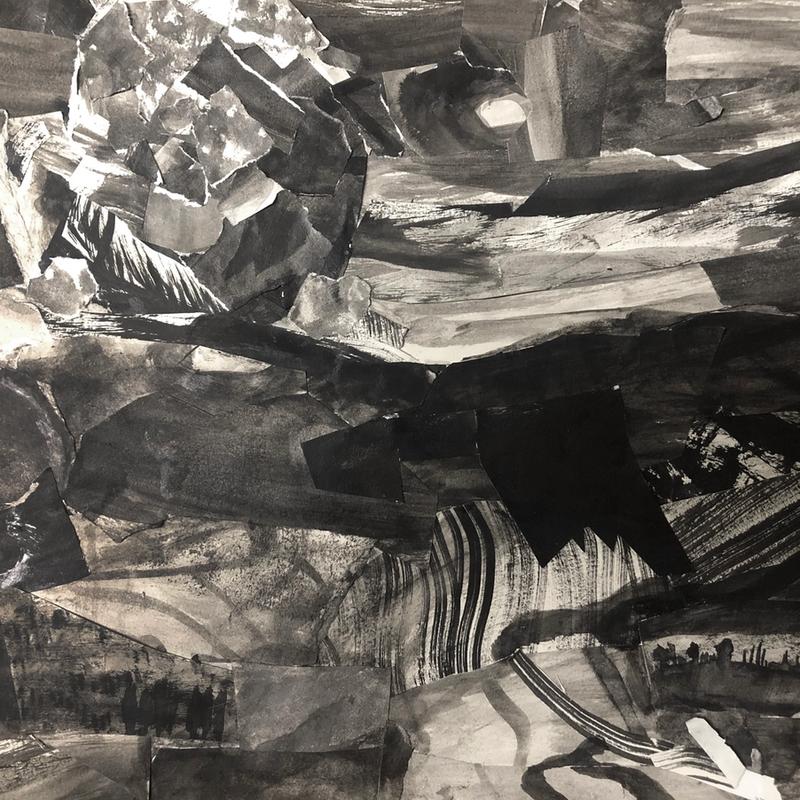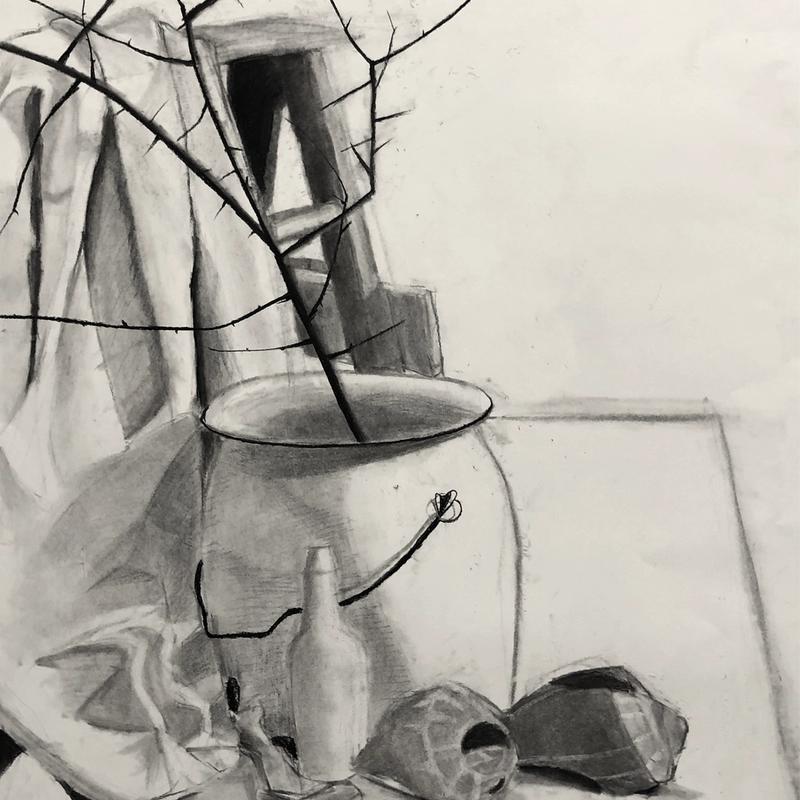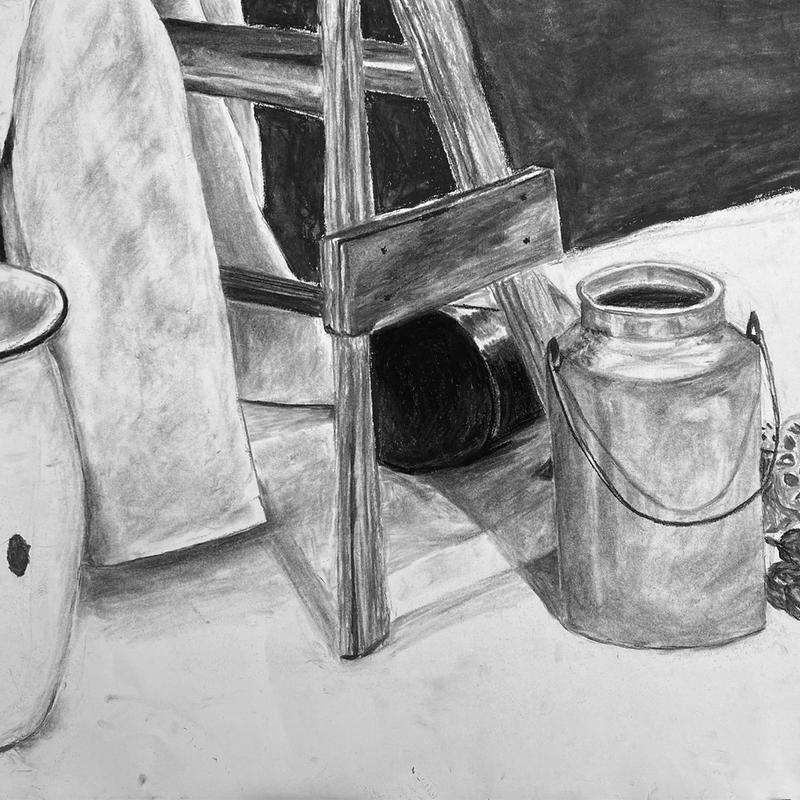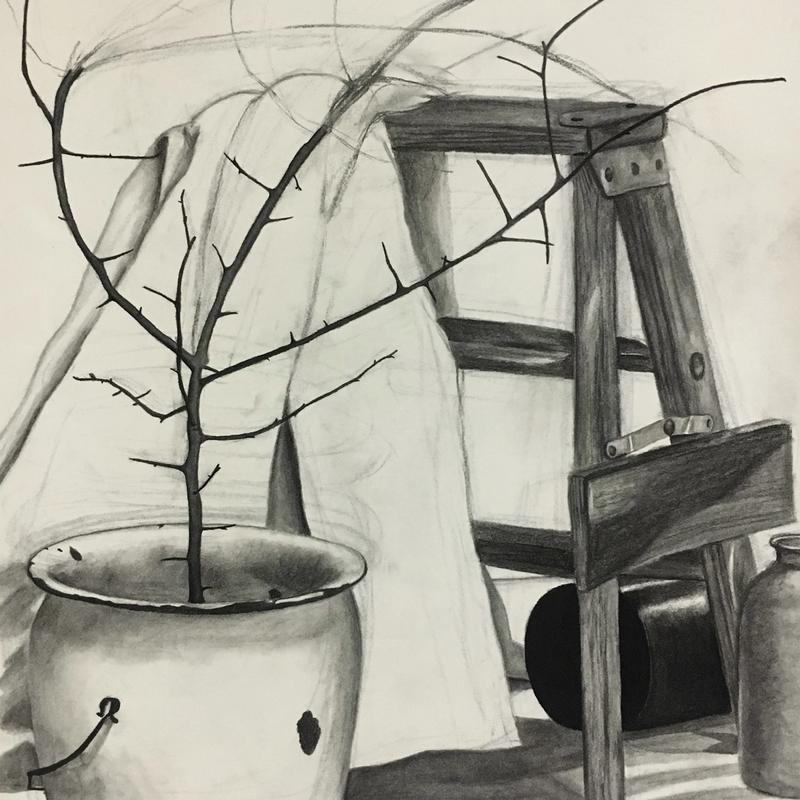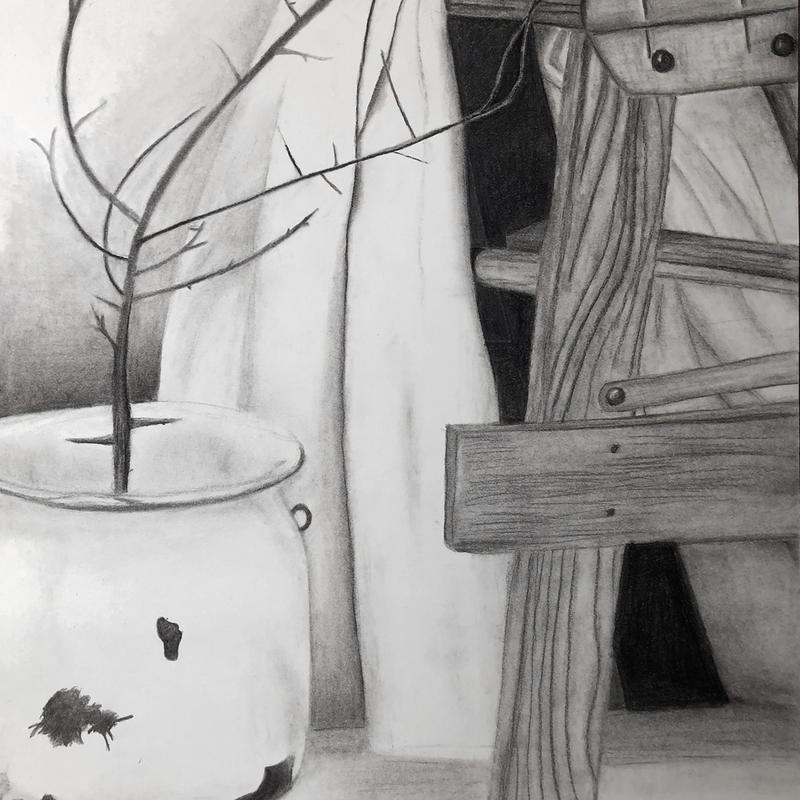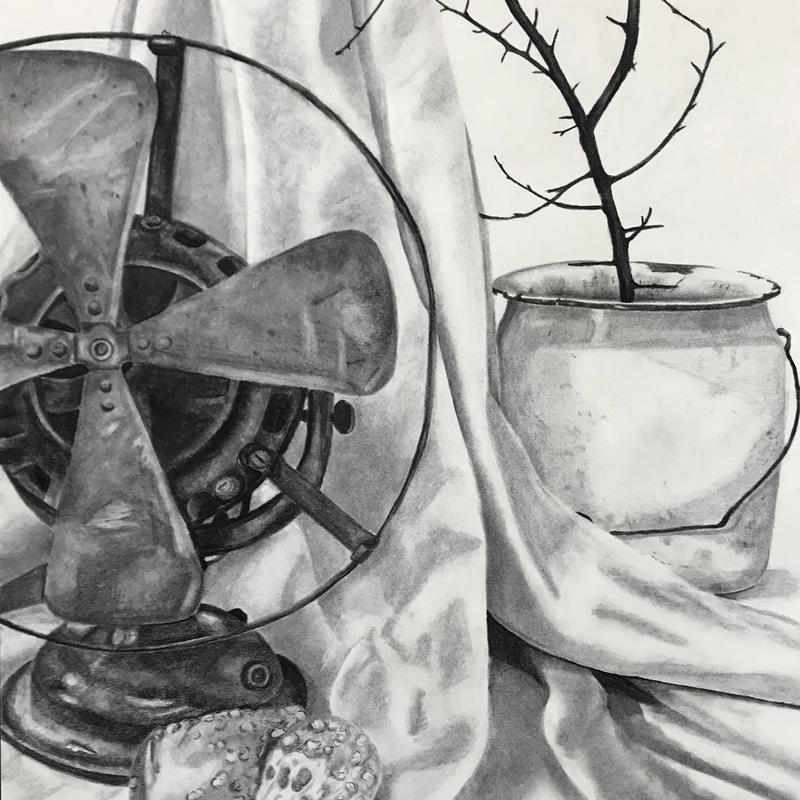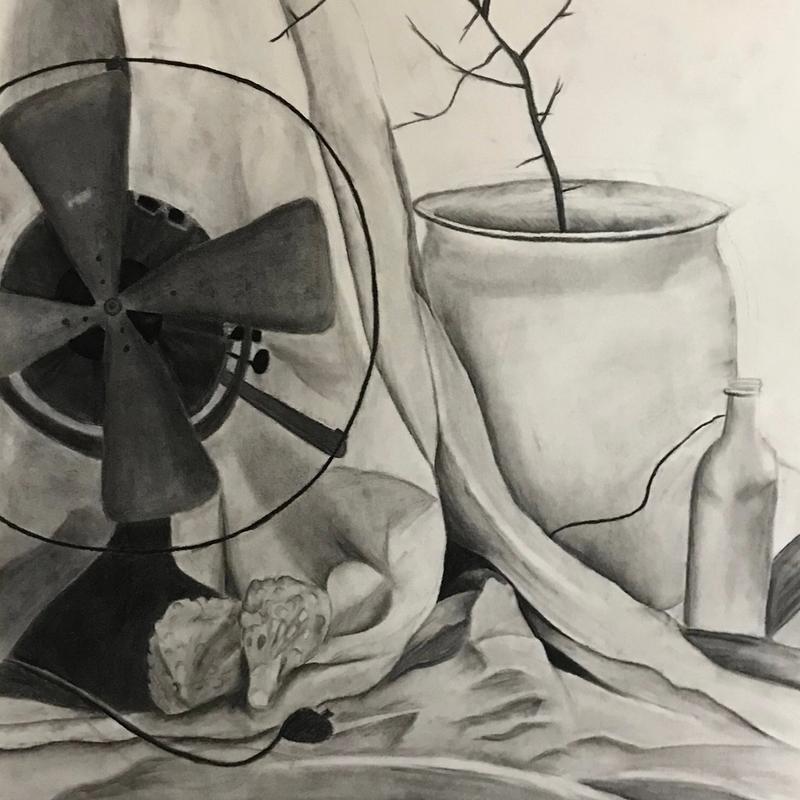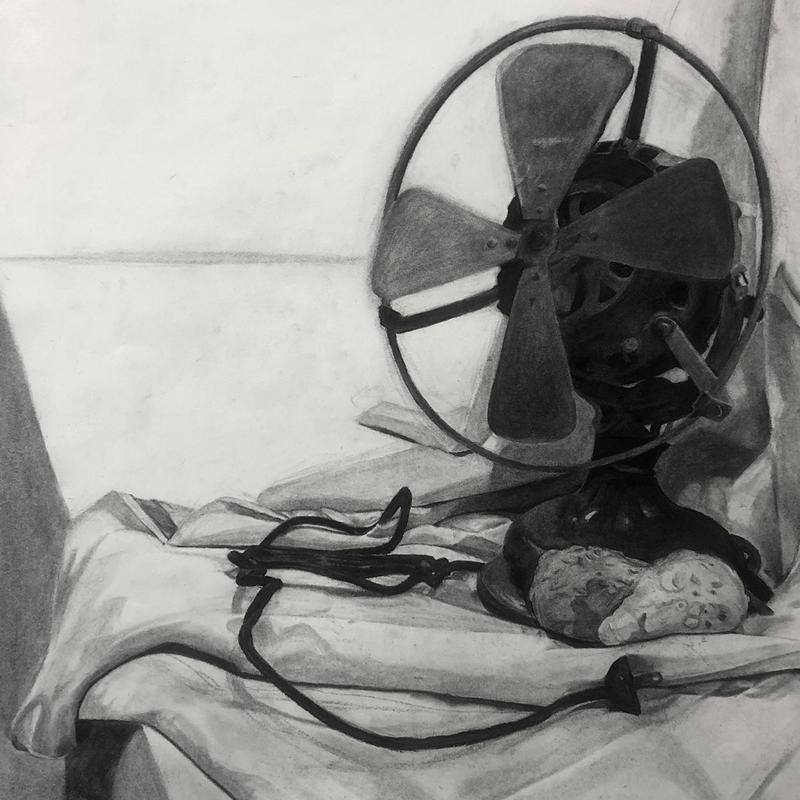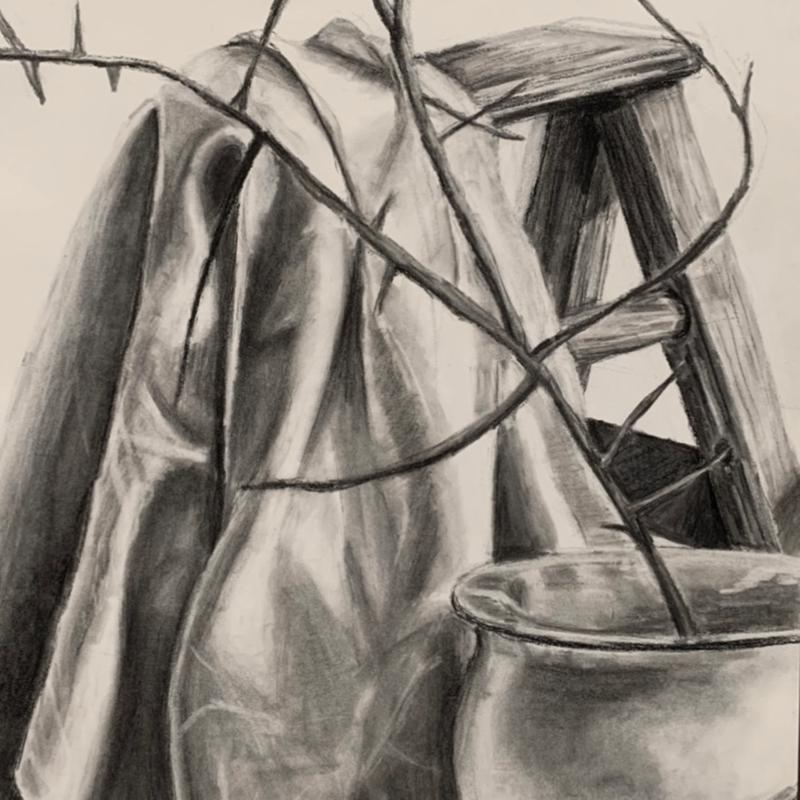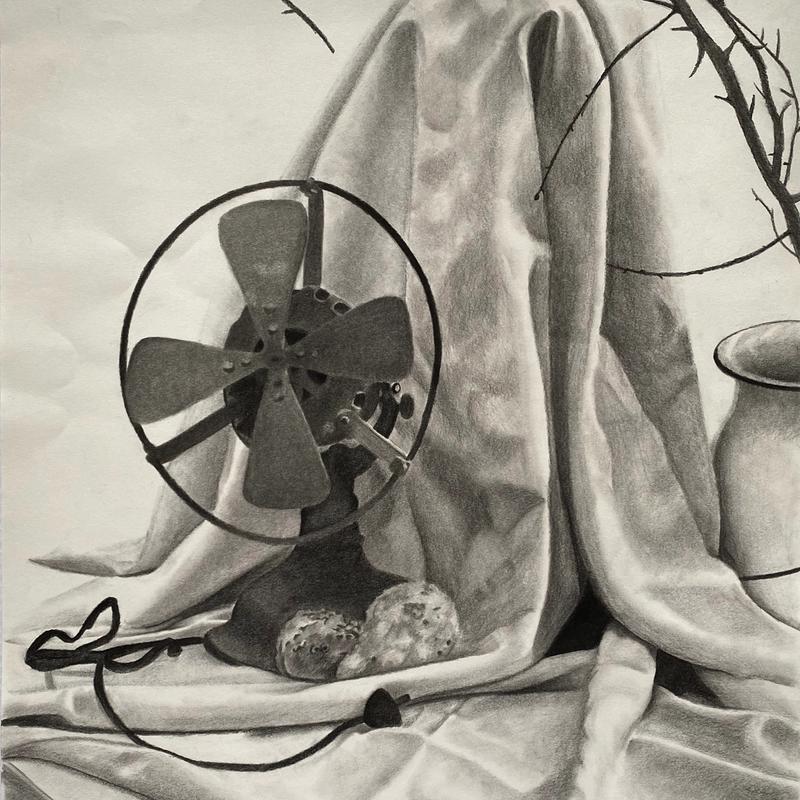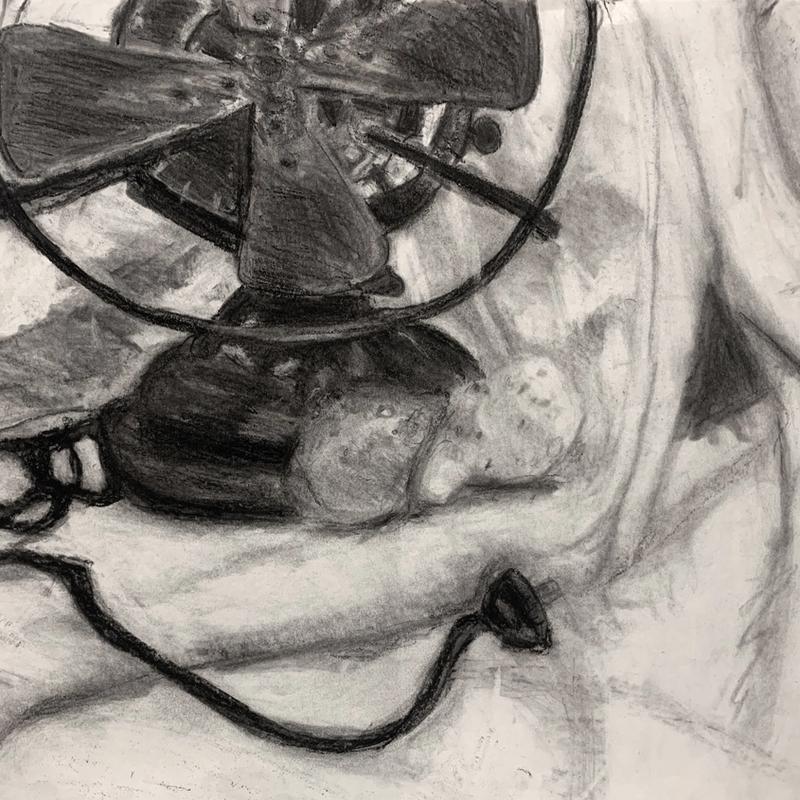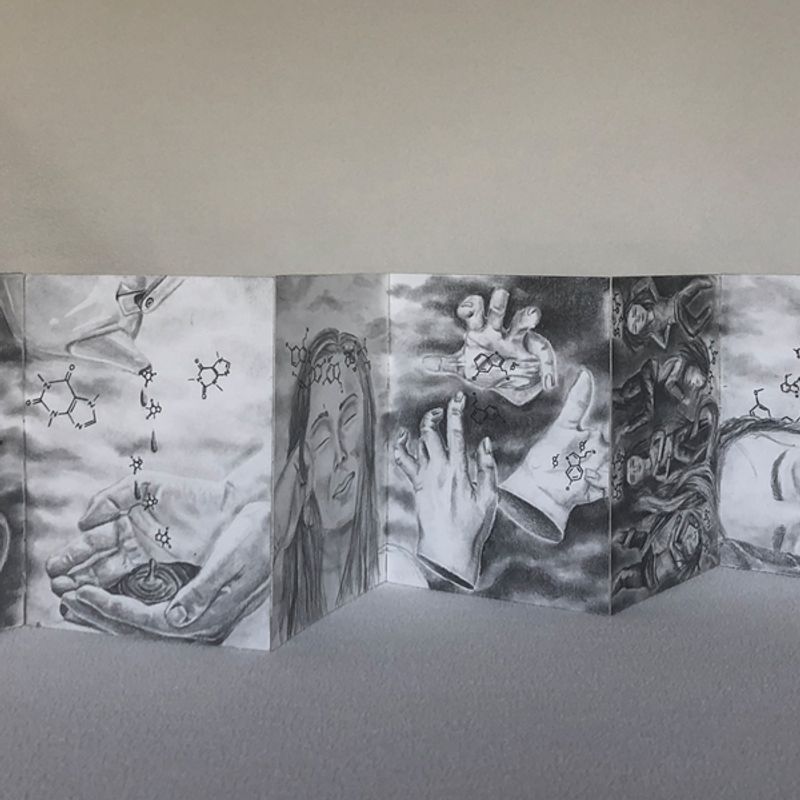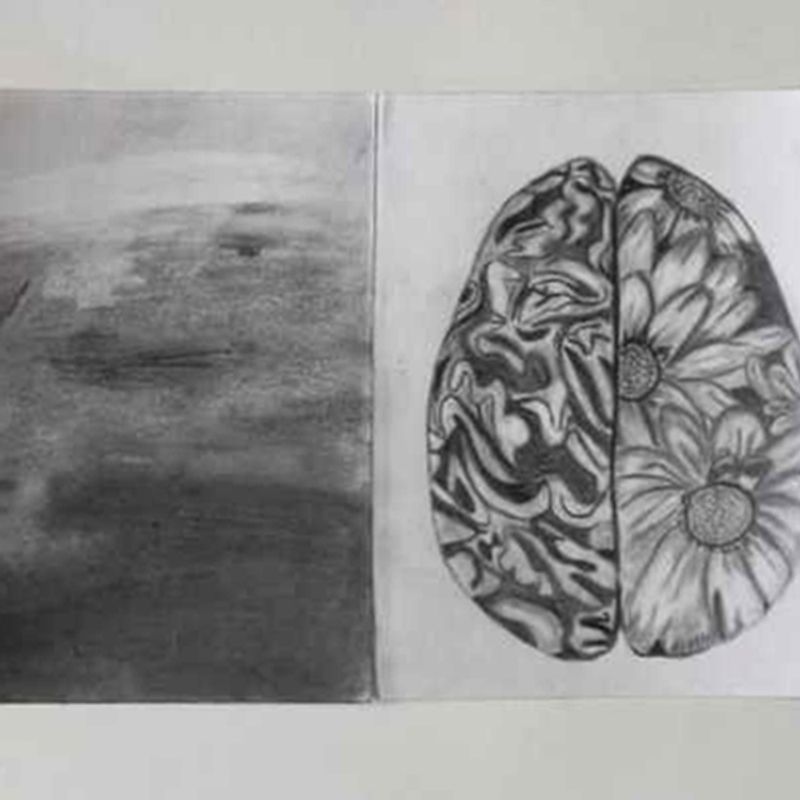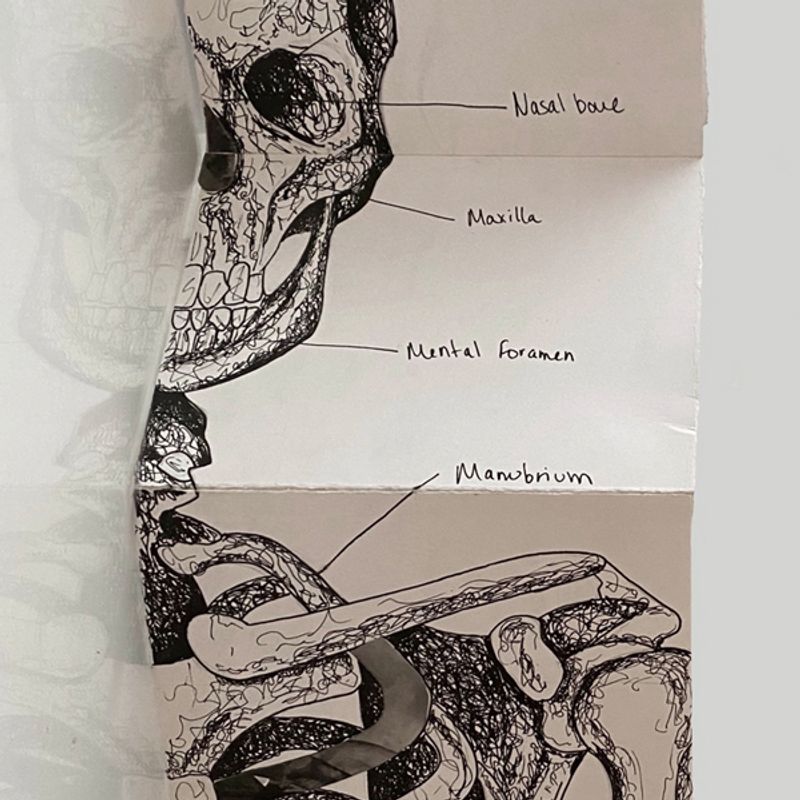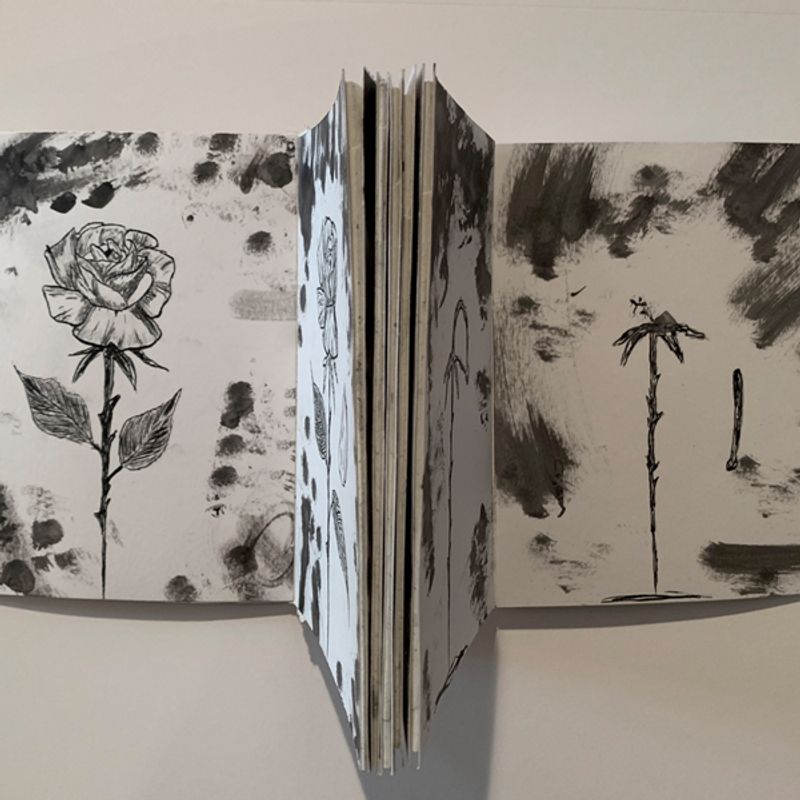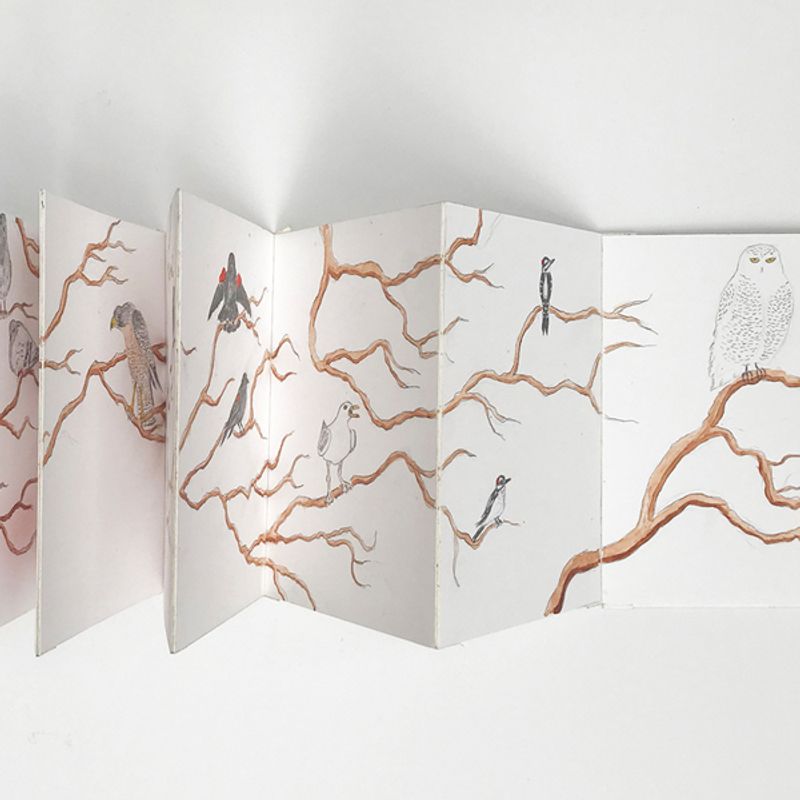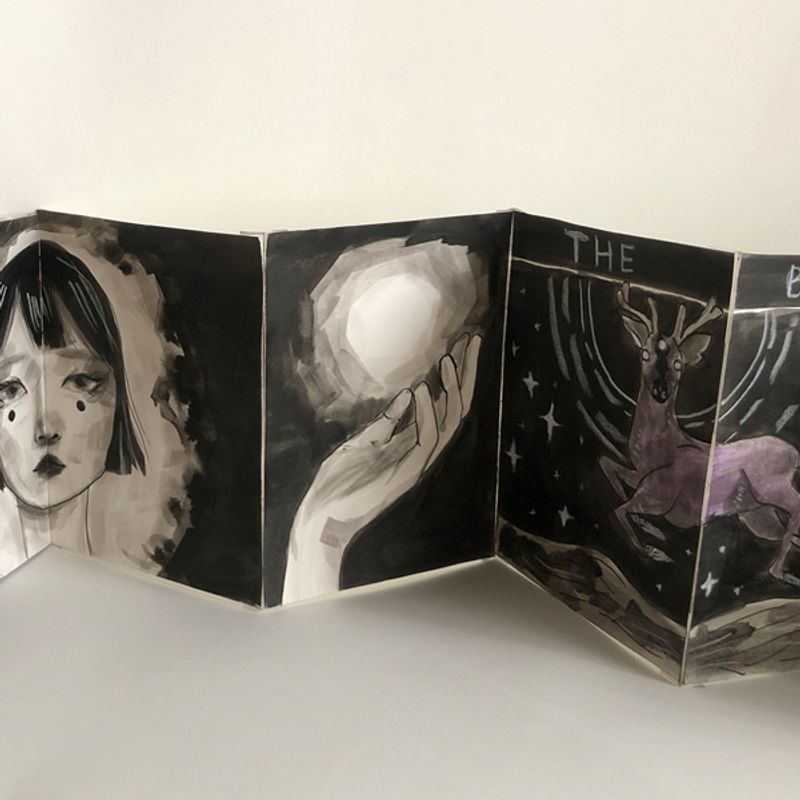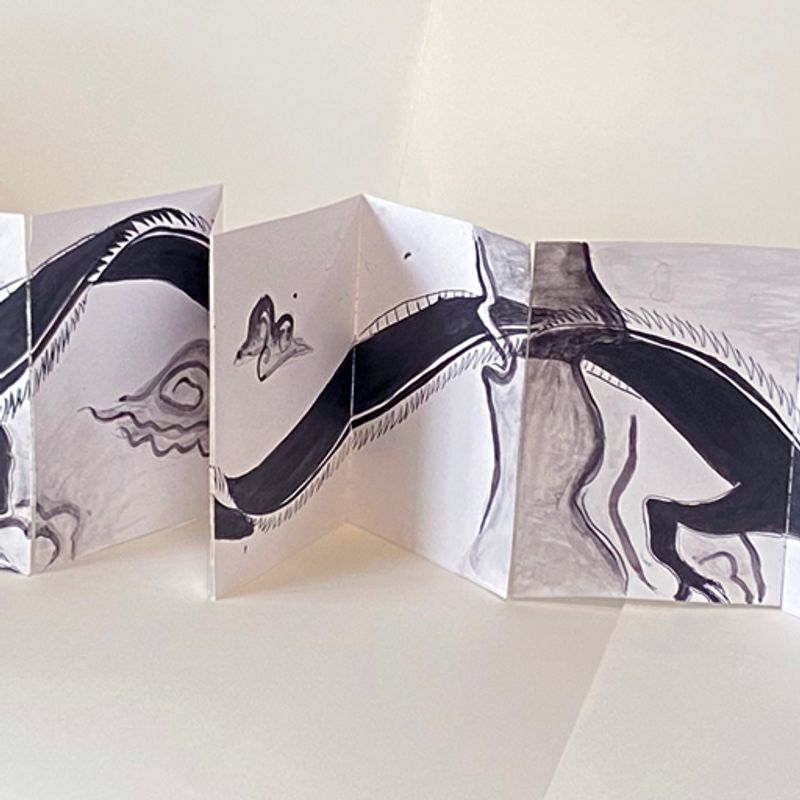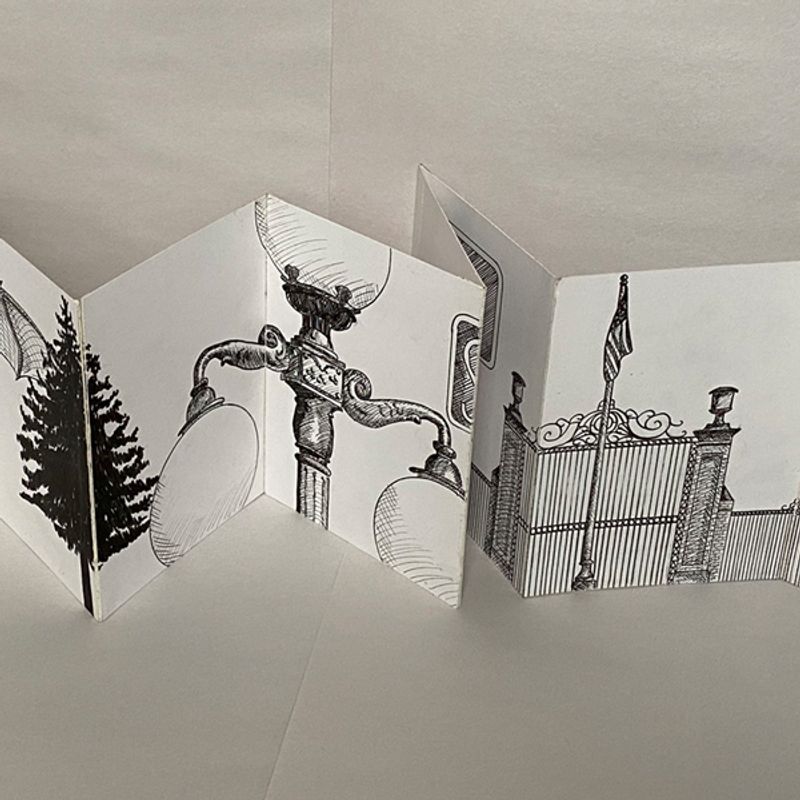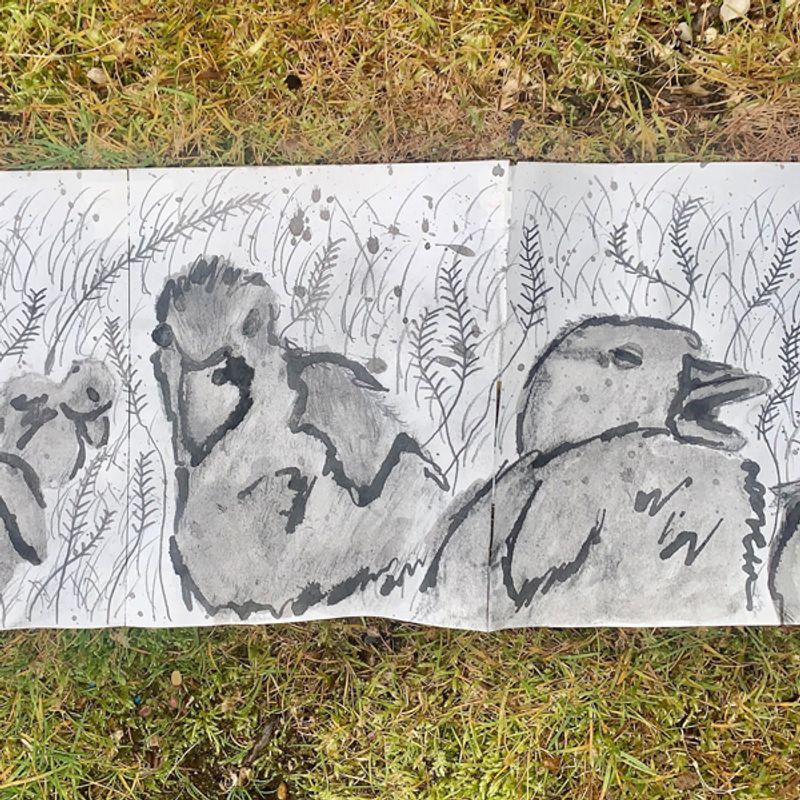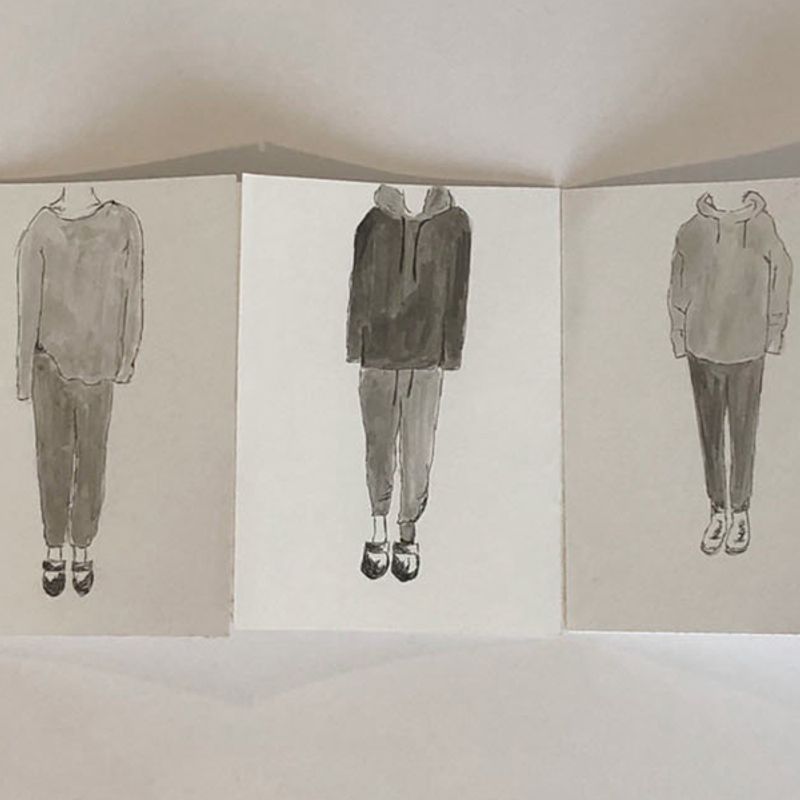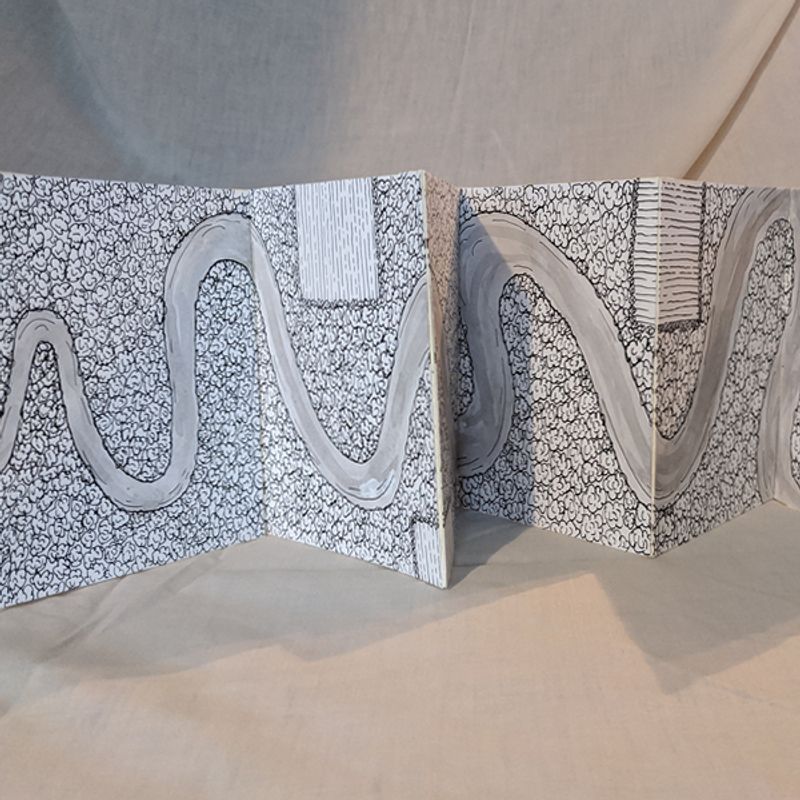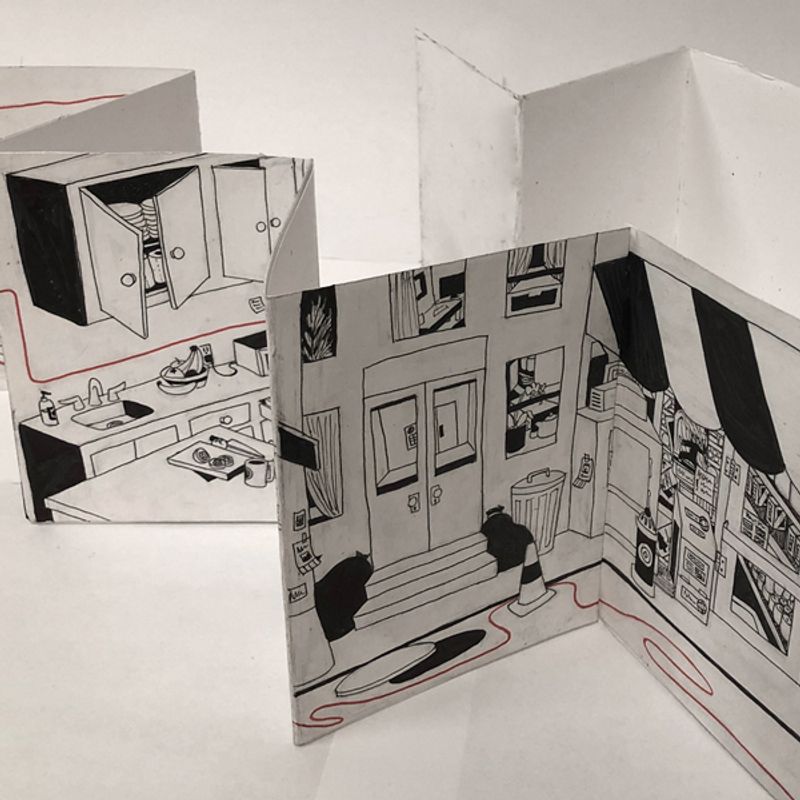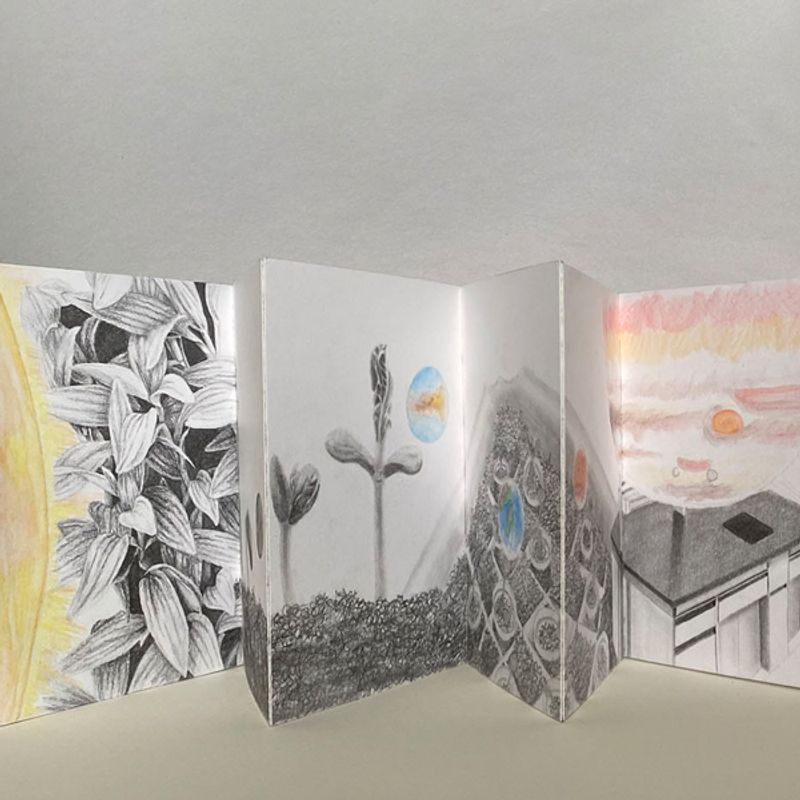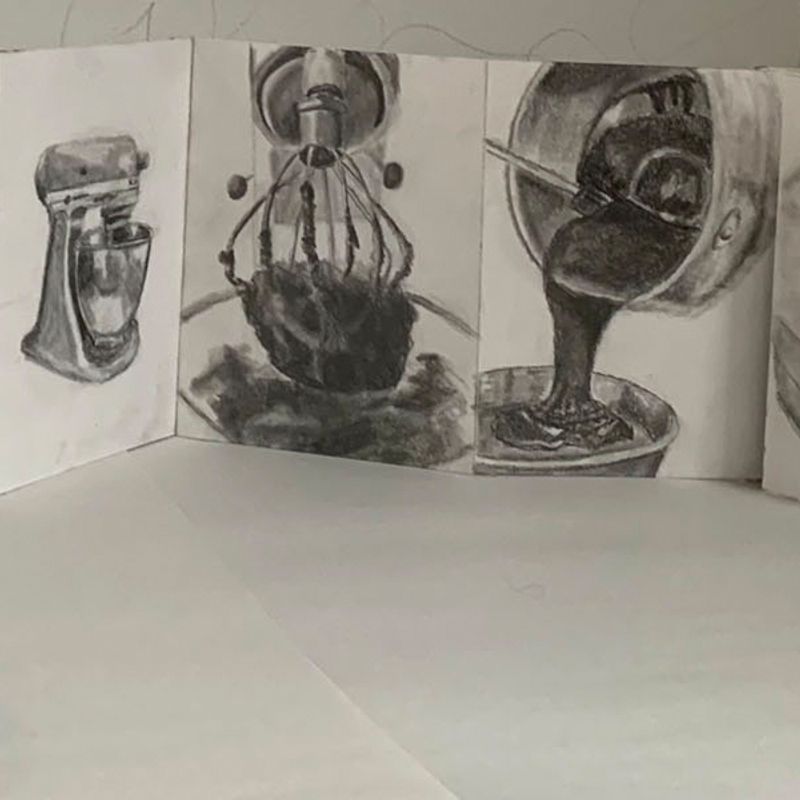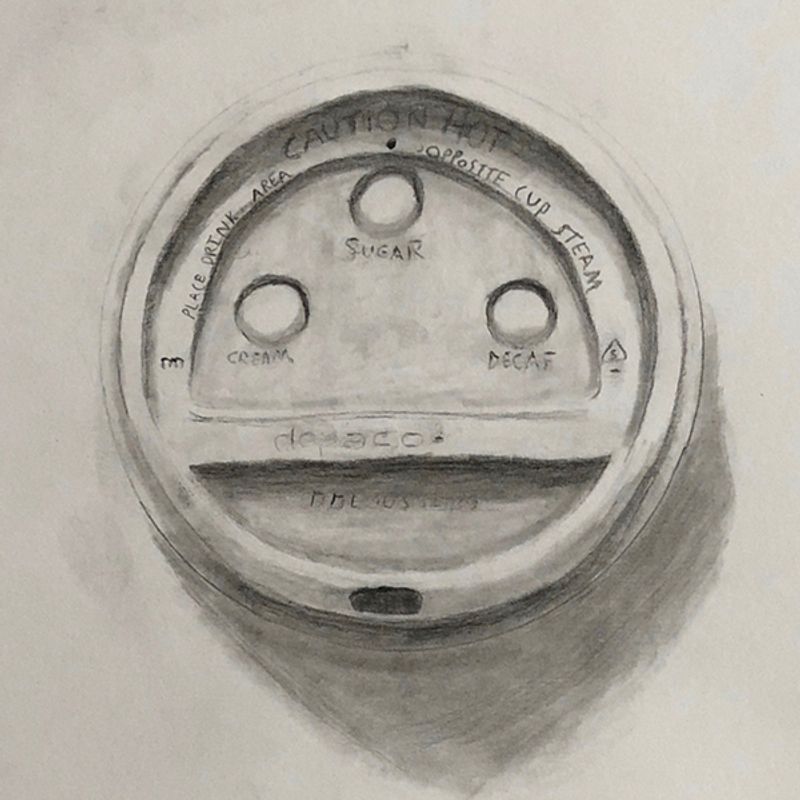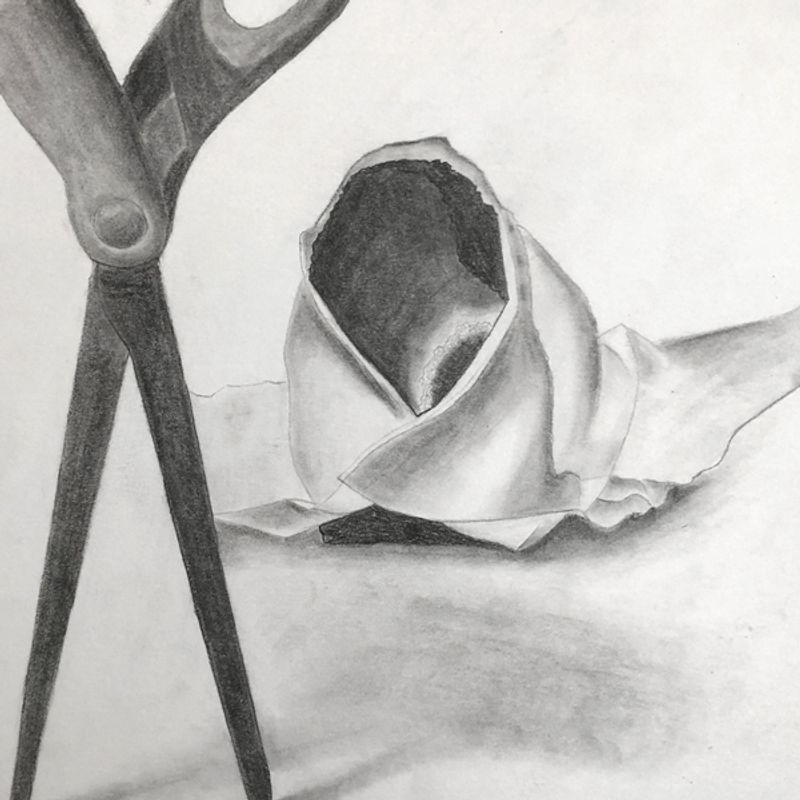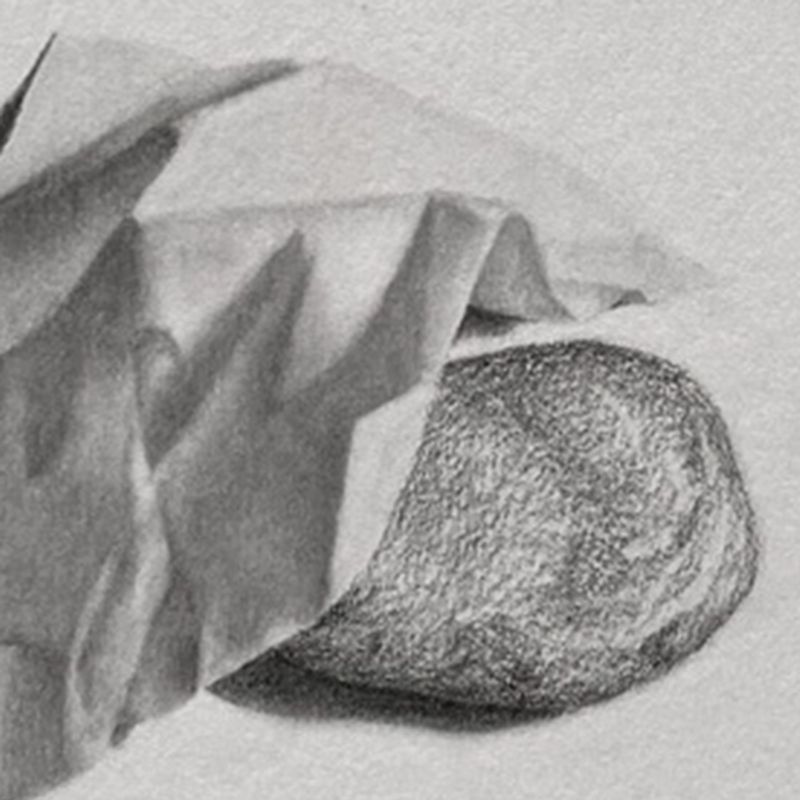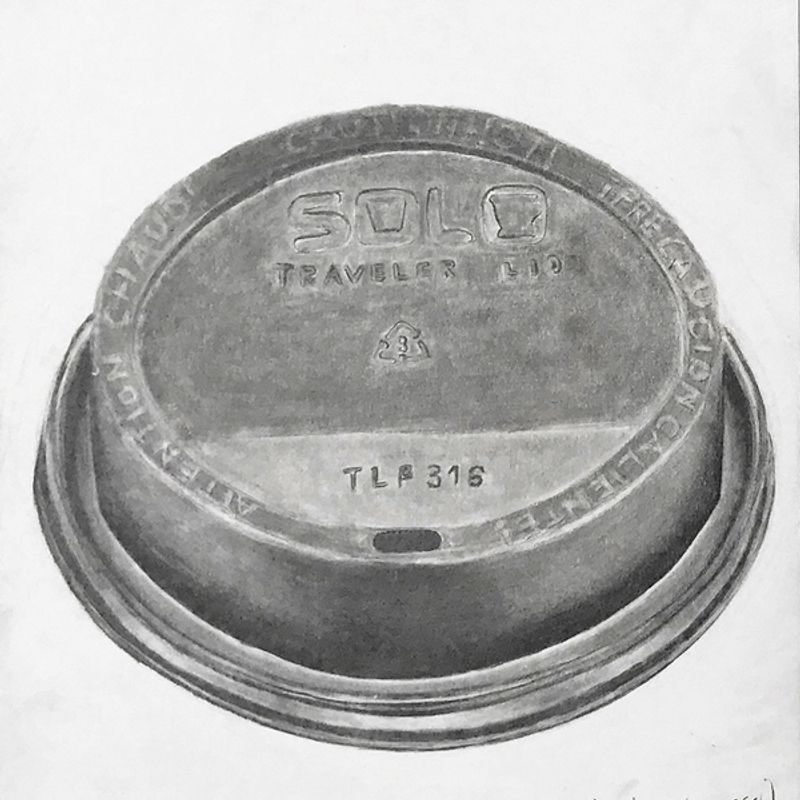Drawing I
Projects
ARTS-171 Sections 01, 02, 04
Isolated Object
Students created drawings of a chosen object - in isolation (without environment). They used direct observation in the beginning drafting phase, and then worked from photos for shading (lights and shadows) assessment. Students used the 5 Perceptual Skills of Drawing (Edges, Spaces, Relationships, Lights & Shadows, and Gestalt) to guide them.
Plant Abstraction
Students created a 2 panel series of plant life, up close. In capturing these unlikely and abstracted views with camera first, they were able to sustain an intimate perspective. In rendering the drawings, they drafted using a grid system that broke the picture plane into subsections. These subsections allowed them to follow major diagonals, angles, and shapes as they enetered and exited the limited veiw. Toned paper was used to establish a mid value range that they were able to build into both the darker and lighter end, using compressed charcoal, and white charcoal, respectively.
Landscape Collage
Students were challenged to think about space, distance, and atmosphere, and how one can communicate these with methods of overlap, choice of washes, ripped vs cut edges, etc. Students were also challenged to think about value range as area rather than beginning with line. Students used the 5 Perceptual Skills of Drawing (Edges, Spaces, Relationships, Lights & Shadows, and Gestalt) to guide them.
Still Life
Students created a charcoal drawing of a chosen framed section of the classroom still life, using the frame of their phone cameras as a viewfinder to establish boundaries. Students used vine charcoal for both drafting and the lightest areas of the drawing. While drafting, they did sight measurements to establish both proportional and spatial relationships between objects. They used compressed charcoal and charcoal pencils for medium to darkest areas, inventing marks that could communicate texture, mood, and atmosphere. Students used the 5 Perceptual Skills of Drawing (Edges, Spaces, Relationships, Lights & Shadows, and Gestalt) to guide them.
Experimental (Mini) Sketchbook
Students chose a topic of depth and timeliness, either from their majors/minors, or from COVID-19 and their quarantine experience. As we all navigate this global pandemic, students were encouraged to use their art making as a form of one or more of the following: discovery, reflection, commentary, questioning, escapism, observation. From here, students used a 12 panel, 2 cover accordion book format to problem-solve a compelling composition rooted in both visual communication and meaning; combining layout design principles with drawing. There are a variety of approaches and media represented- serial images, flowing concepts, continuous narratives, repetition, unity, and variety. They worked with familiar tools and approaches rooted in realism, but worked within this construct to be imaginative with layout, composition, combination, and focus.
